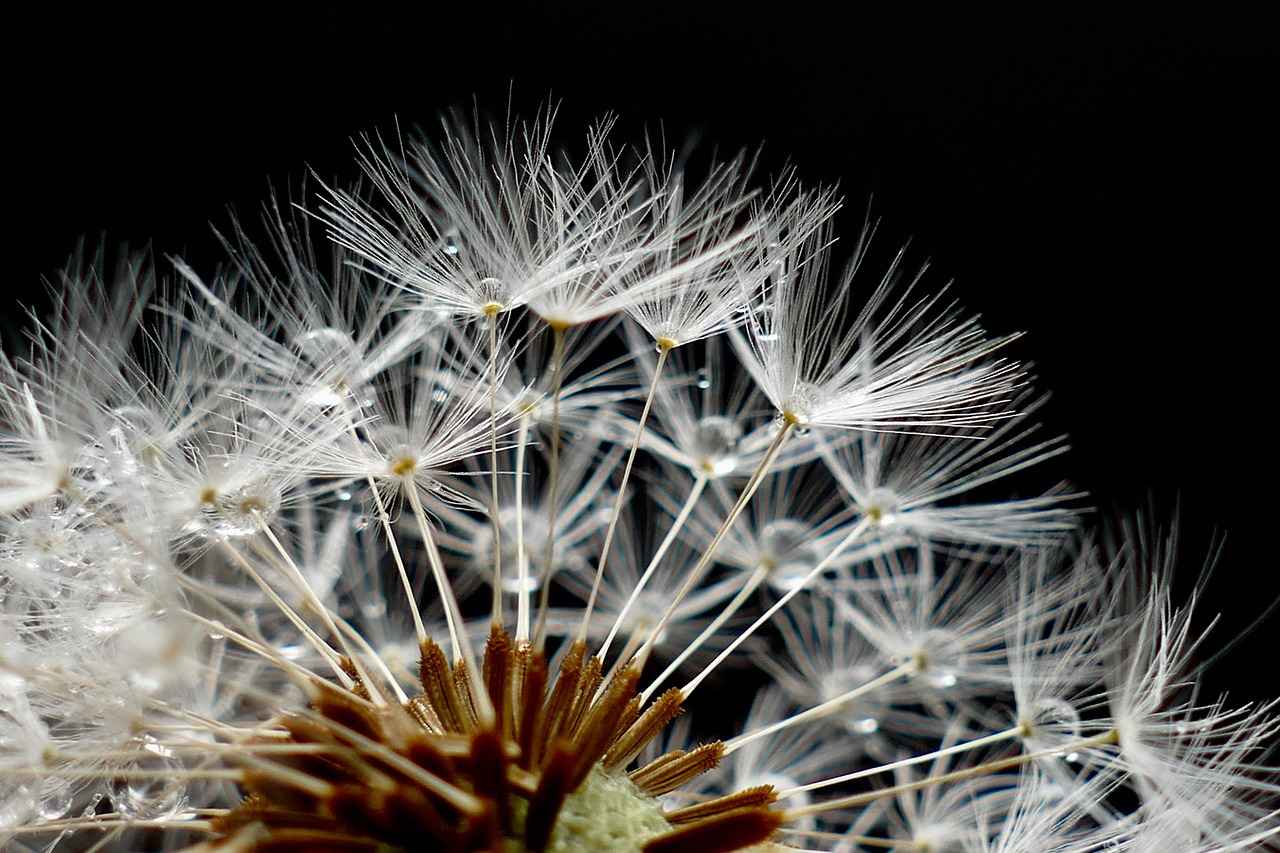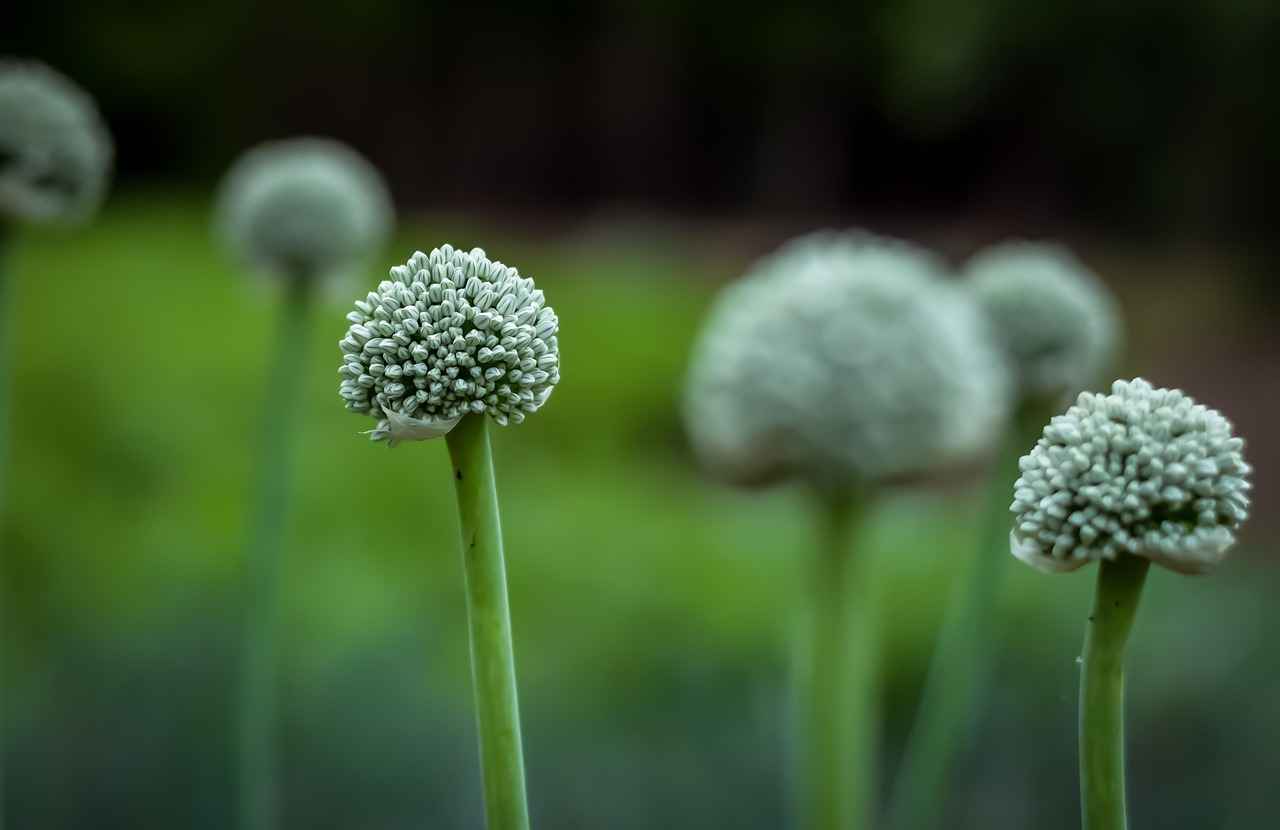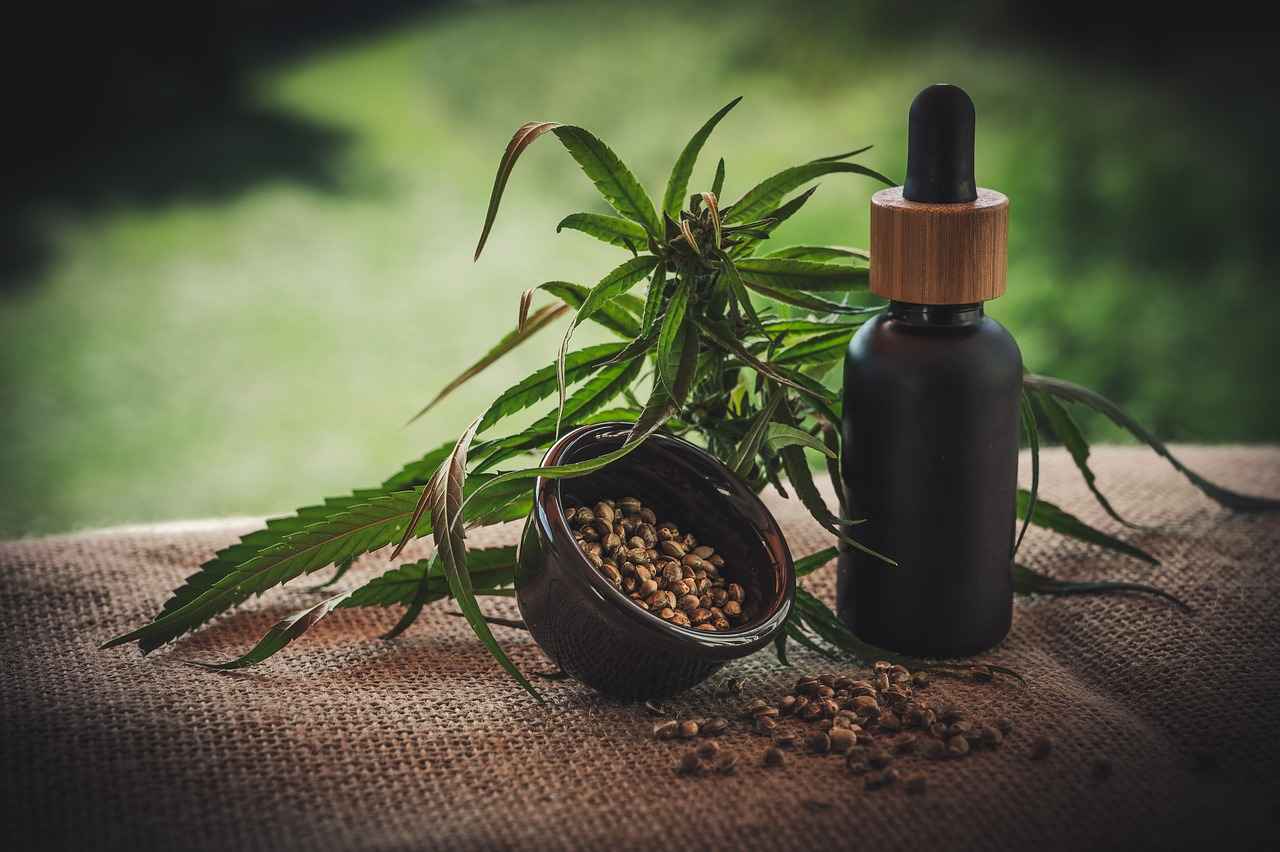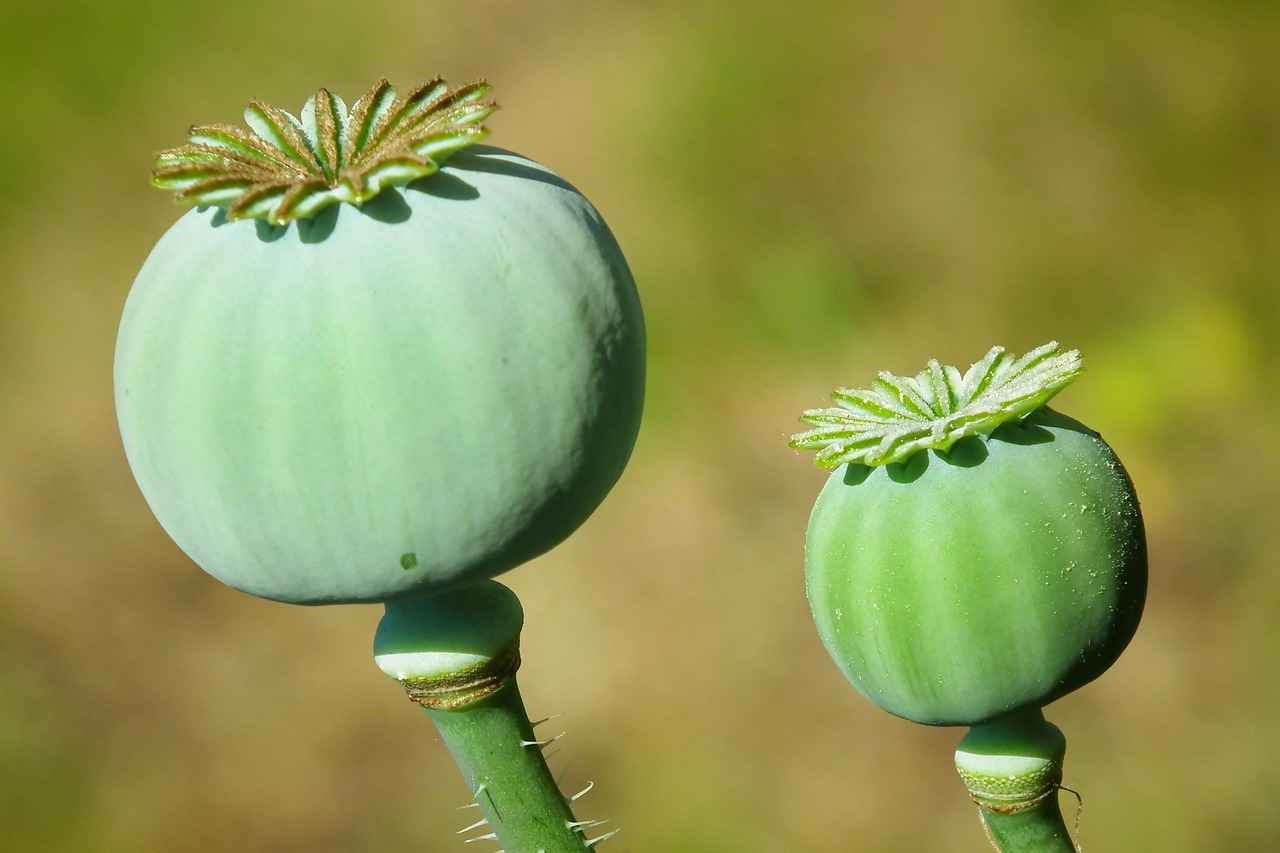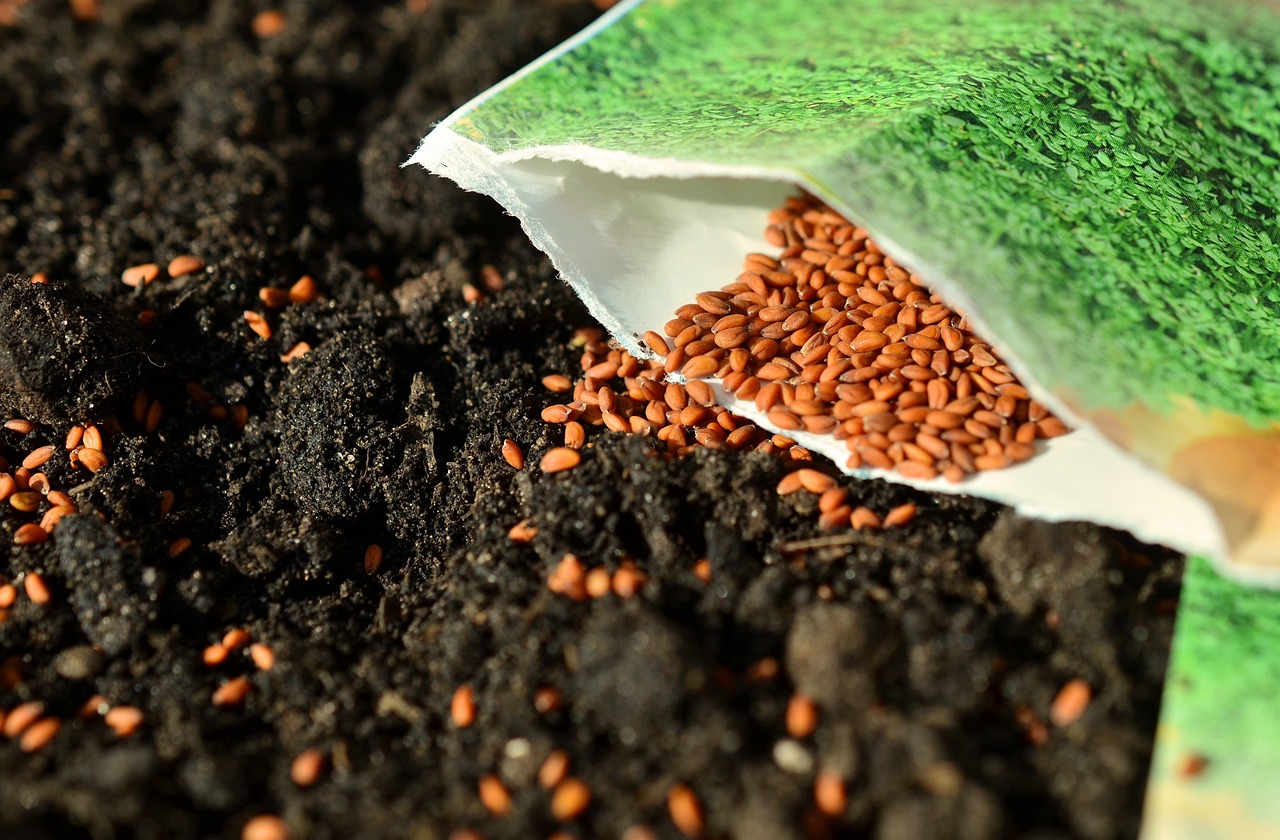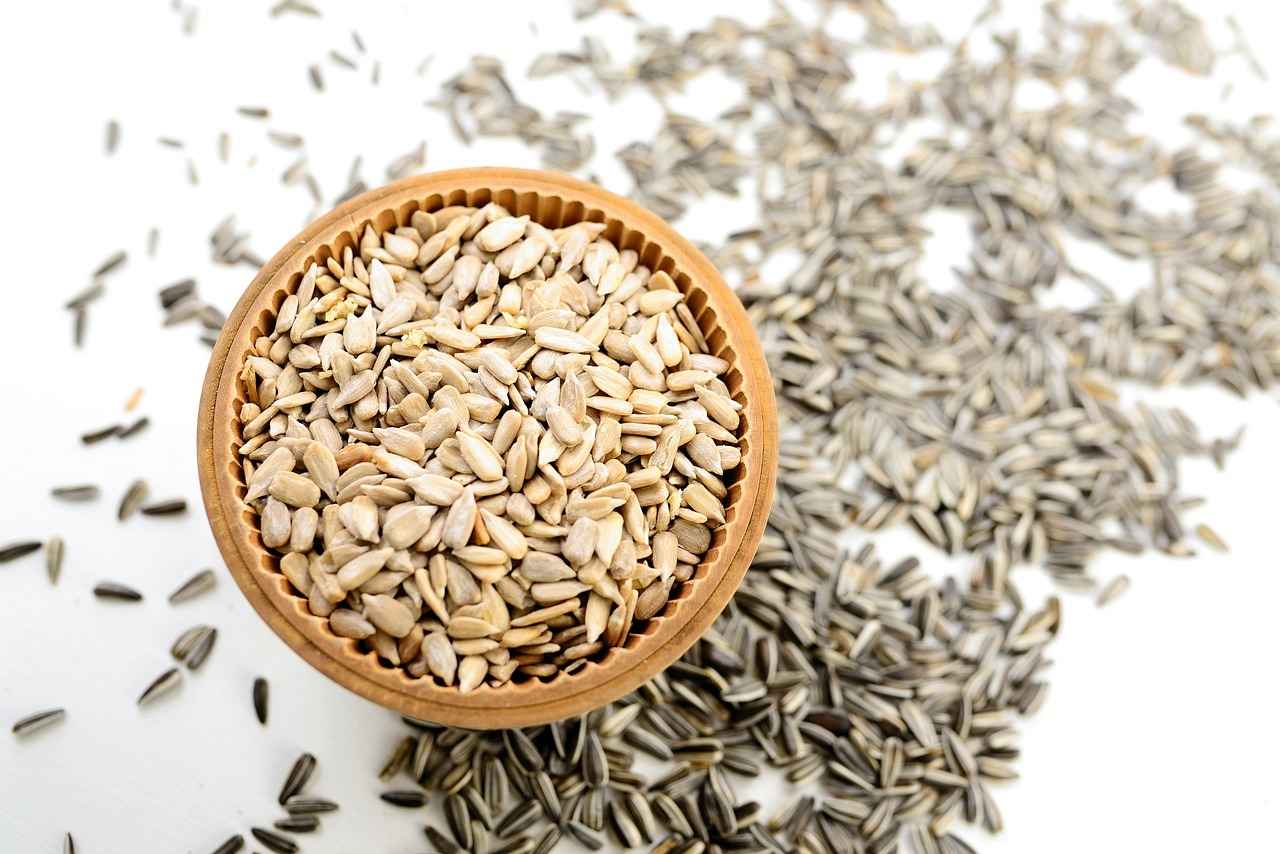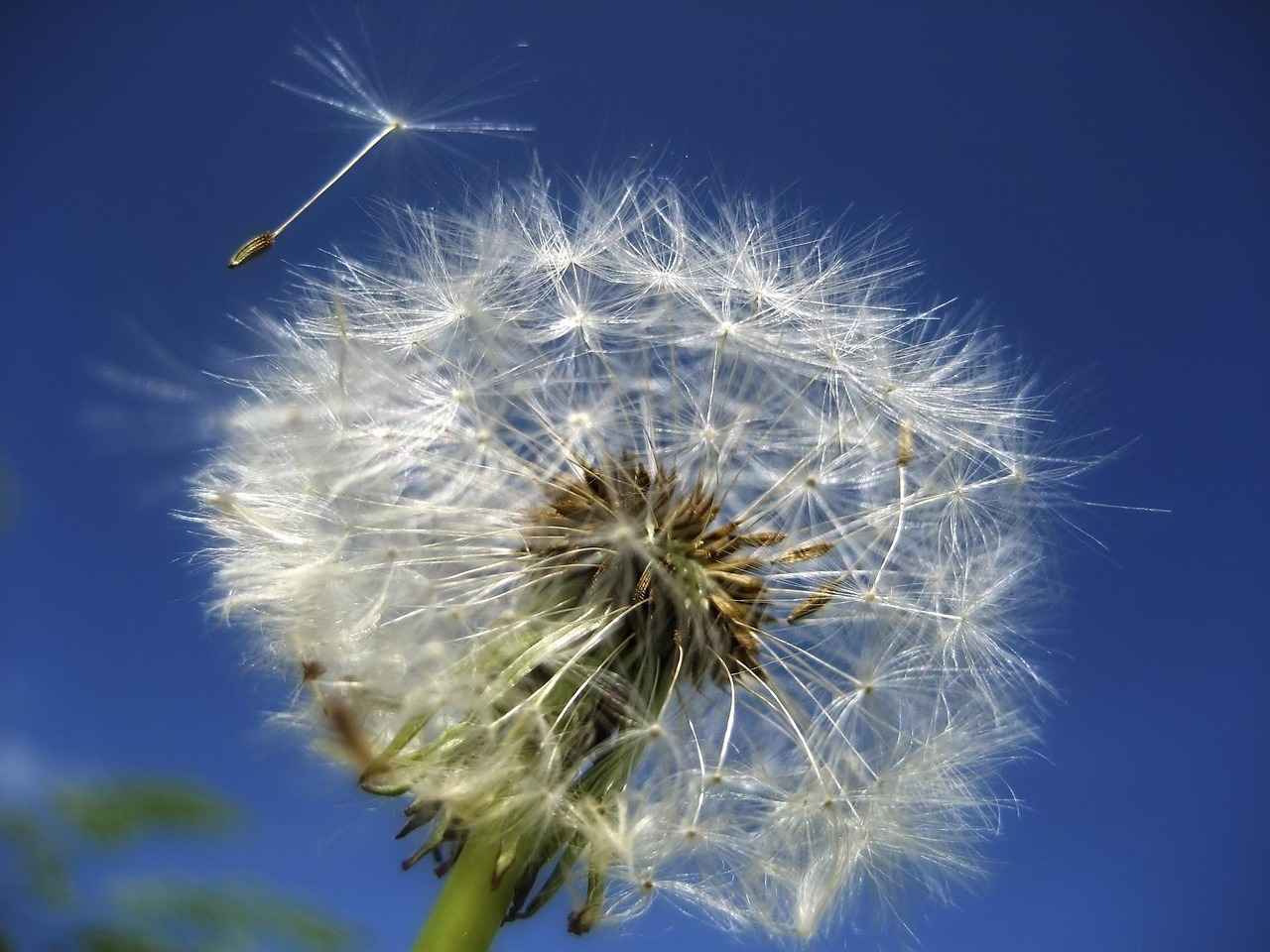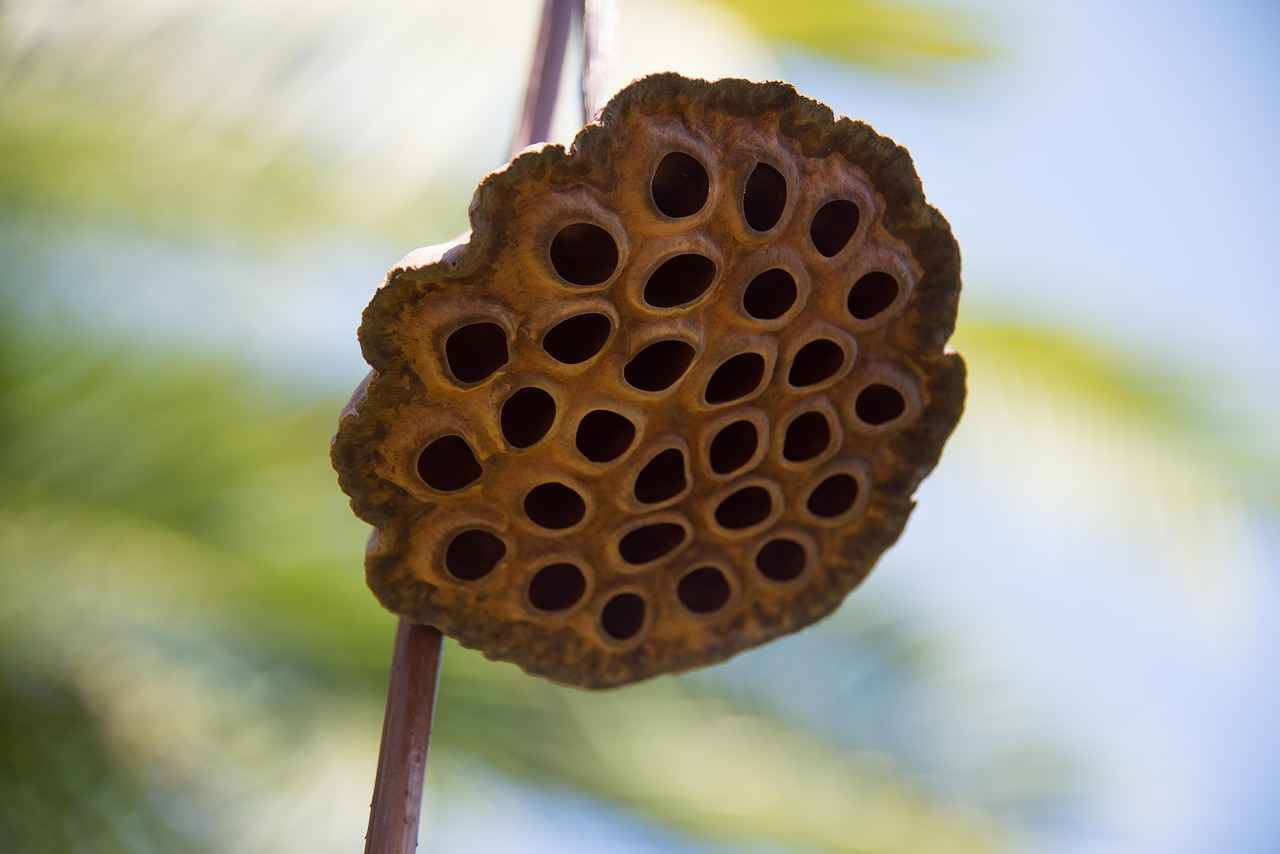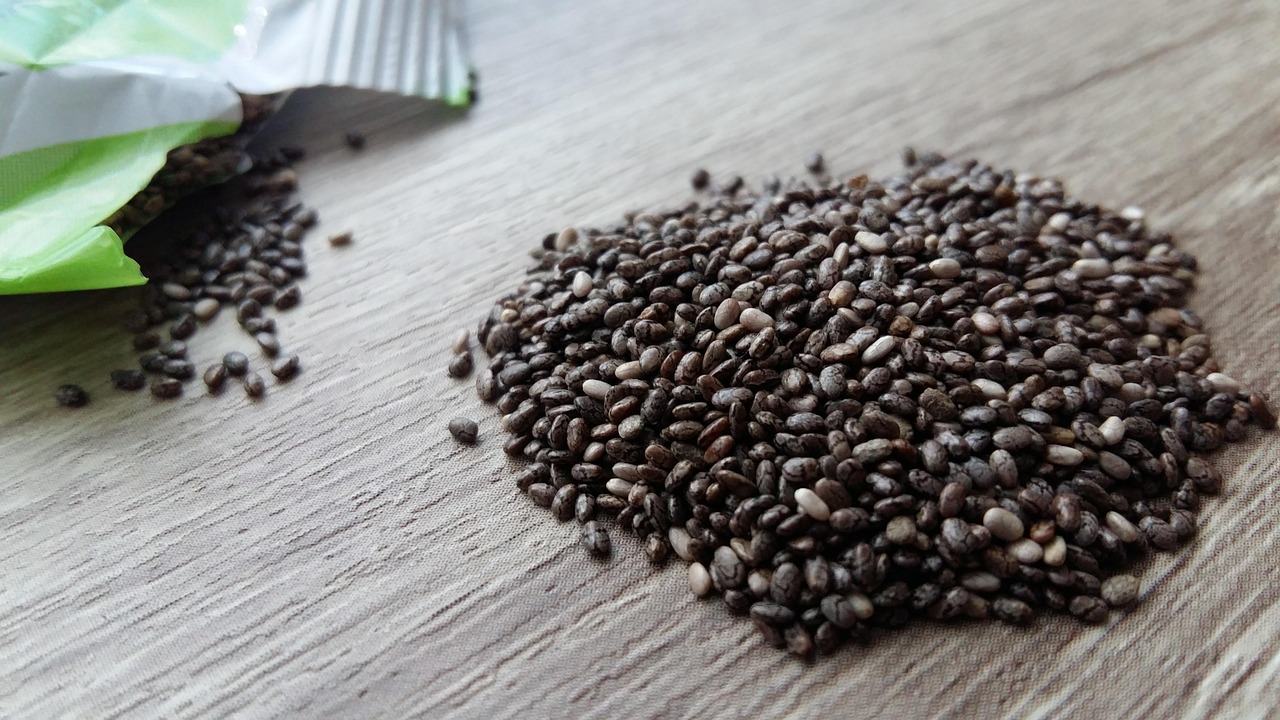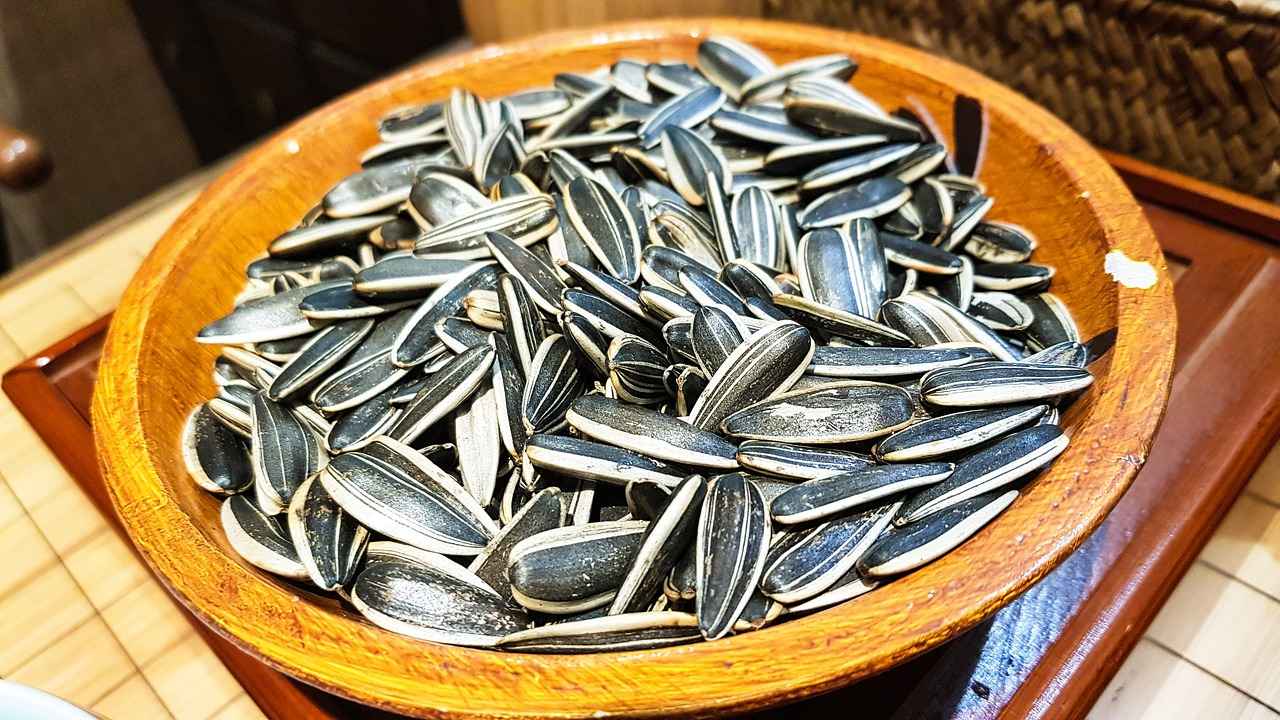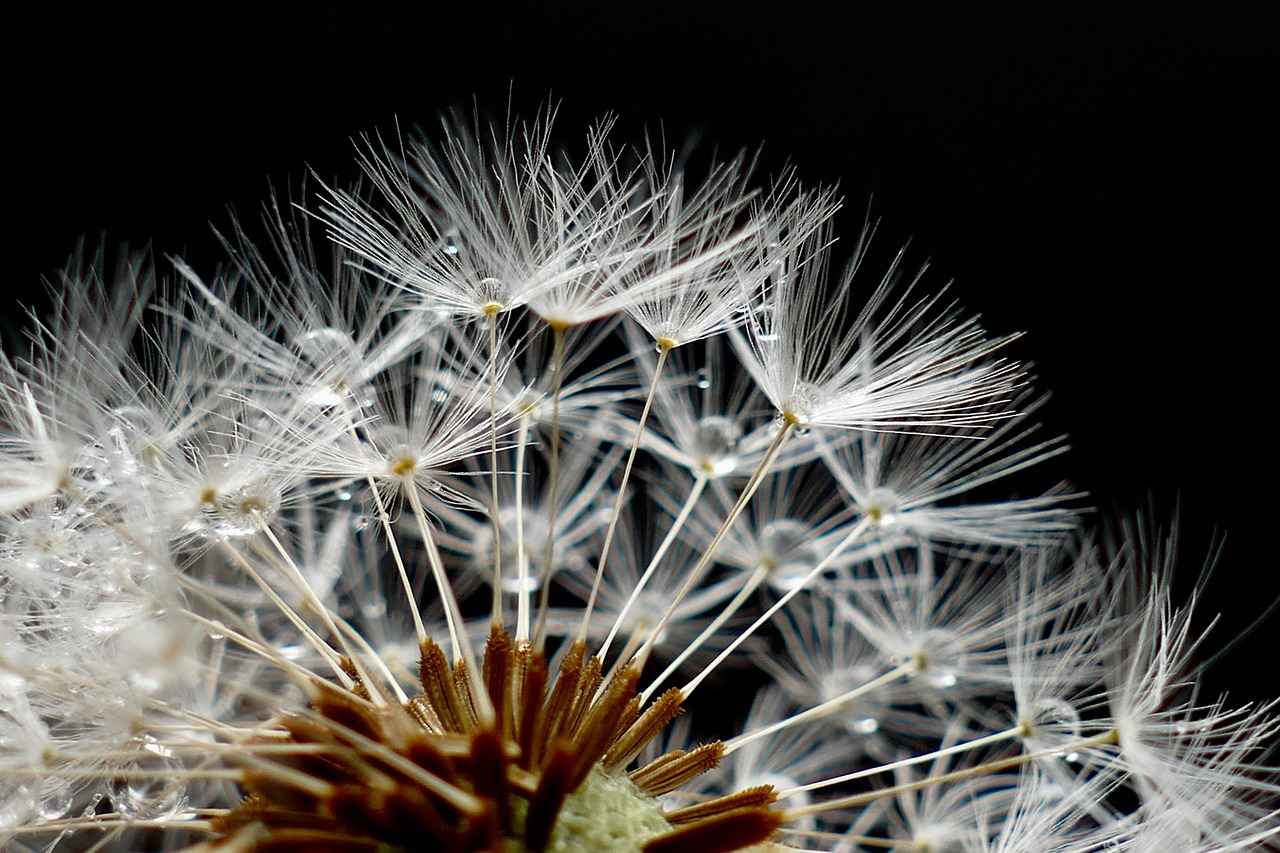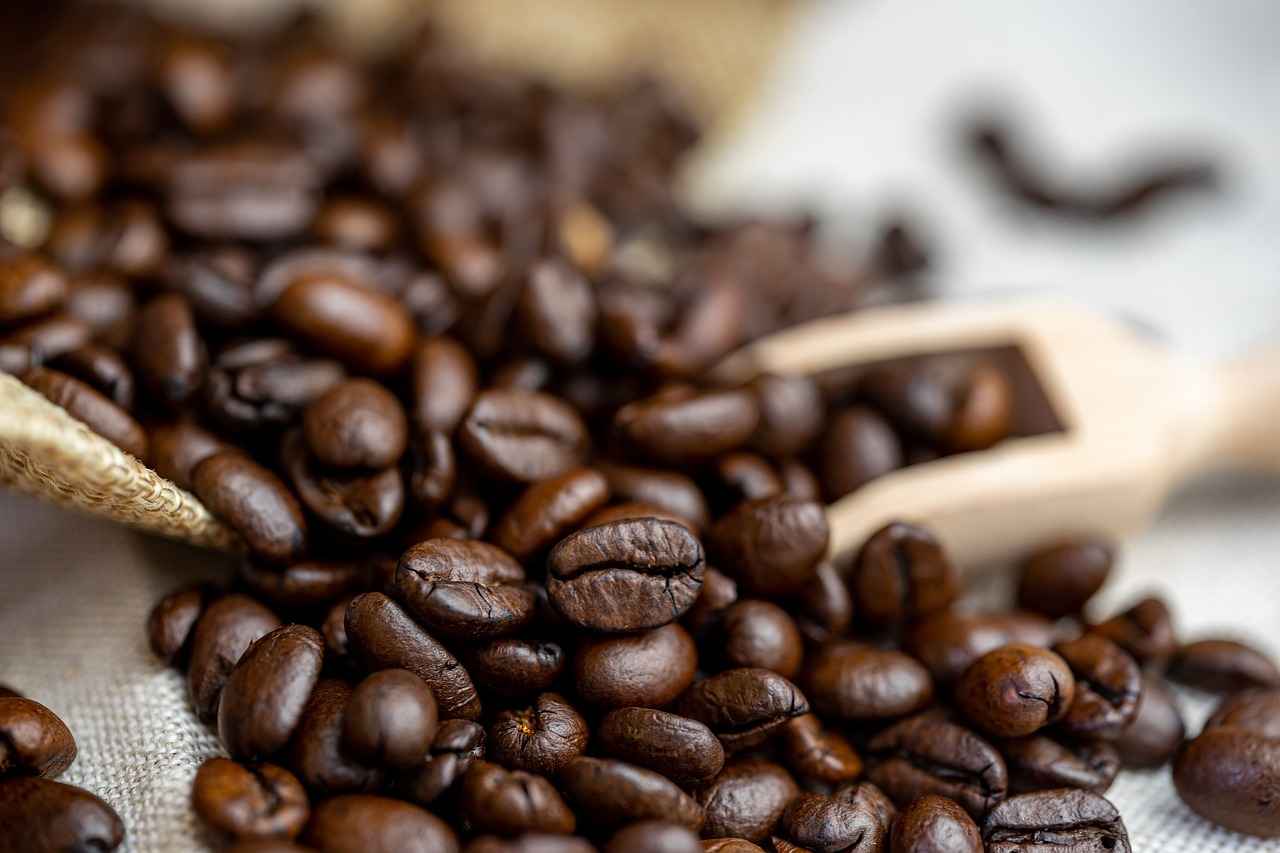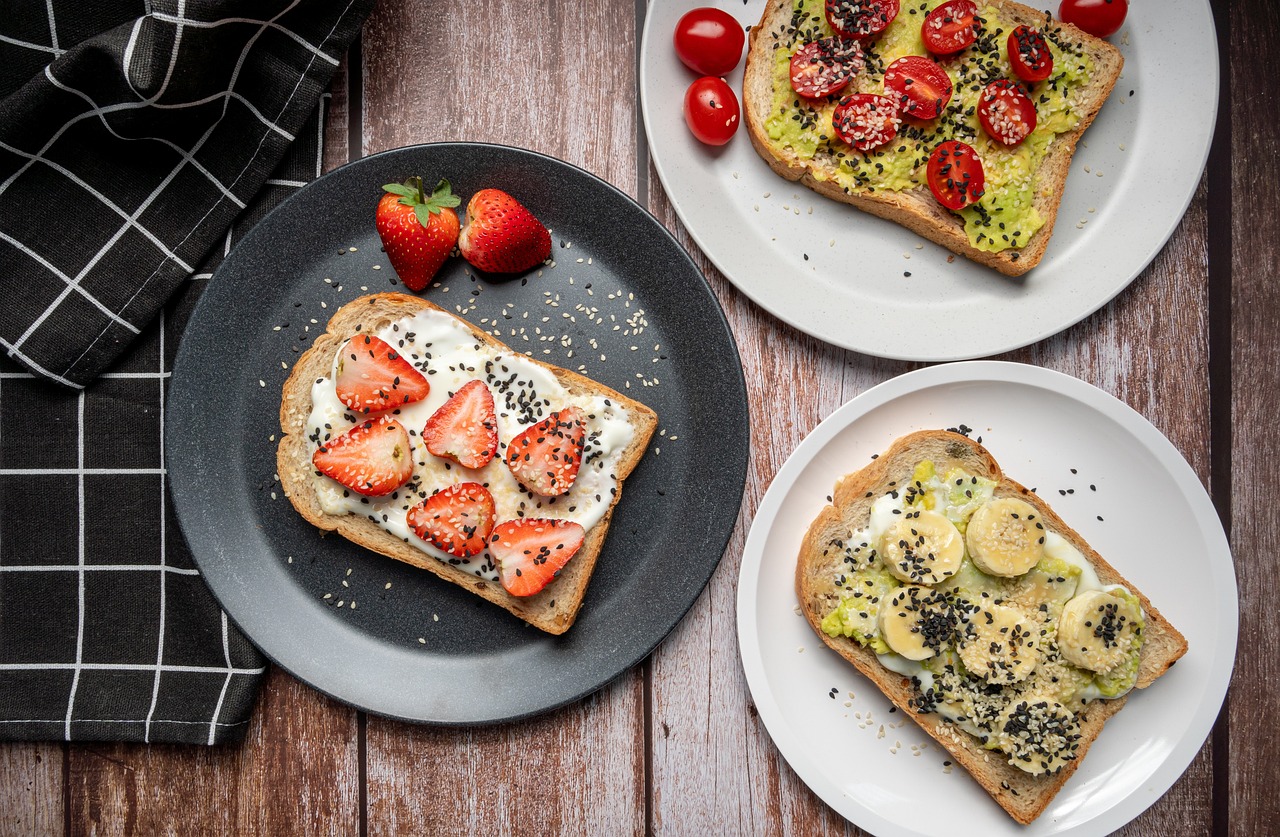This article delves into a simple and nutritious chia seed pudding recipe, providing step-by-step instructions, variations, and tips for making this delightful dessert quickly and healthily.
Chia seeds are tiny, nutrient-rich seeds that have gained popularity for their health benefits. They are high in omega-3 fatty acids, fiber, and protein, making them an excellent addition to your diet. Incorporating chia seeds into your meals can boost your nutritional intake significantly.
Chia seed pudding is not only delicious but also packed with nutrients. This dessert serves as a quick option that can be prepared in advance, making it perfect for busy lifestyles. With its creamy texture and customizable flavors, it can satisfy your sweet tooth without compromising on health.
Making chia seed pudding is incredibly simple. The basic recipe involves just a few ingredients and requires minimal preparation time, allowing you to enjoy this treat with ease.
- Chia seeds
- Liquid base (almond milk, coconut milk, or any preferred milk)
- Sweetener (honey, maple syrup, or stevia)
- Optional flavorings (vanilla extract, cocoa powder, or fruit purees)
1. In a bowl, combine chia seeds and your chosen liquid base.2. Stir well to ensure there are no clumps.3. Add sweetener and any optional flavorings you desire.4. Cover and refrigerate for at least 2 hours or overnight.5. Stir again before serving to achieve a creamy texture.
Chia seed pudding is highly versatile. You can customize it with various flavors, toppings, and mix-ins, allowing you to create a new dessert each time you make it.
Experiment with different flavorings. Consider adding vanilla extract, cocoa powder, or fruit purees to enhance the taste and make your pudding even more enjoyable.
Top your pudding with fresh fruits, nuts, seeds, or granola. These toppings not only add texture but also increase the nutritional value of your dessert.
Proper storage is essential to maintain the freshness of your chia seed pudding. Learn the best practices for storing it in the refrigerator to enjoy it over several days.
Store your chia seed pudding in an airtight container in the refrigerator. This method helps preserve its taste and texture for up to five days.
While it is possible to freeze chia seed pudding, it may alter the texture. Explore the pros and cons of freezing this dessert for later enjoyment, as it might change the pudding’s creaminess.
Chia seeds offer numerous health benefits, including improved digestion, heart health, and weight management. Understanding these advantages can motivate you to incorporate them into your diet.
Chia seeds are rich in fiber, which promotes digestive health by aiding in regular bowel movements and preventing constipation.
The omega-3 fatty acids found in chia seeds can help reduce inflammation and lower cholesterol levels, contributing to overall heart health.
While chia seeds are generally safe for most people, there are a few dietary considerations to keep in mind, especially for those with specific allergies or dietary restrictions.
Although rare, some individuals may be allergic to chia seeds. It’s important to monitor your body’s response when trying them for the first time.
Chia seed pudding is naturally gluten-free and vegan, making it an excellent dessert choice for those with dietary restrictions or preferences.
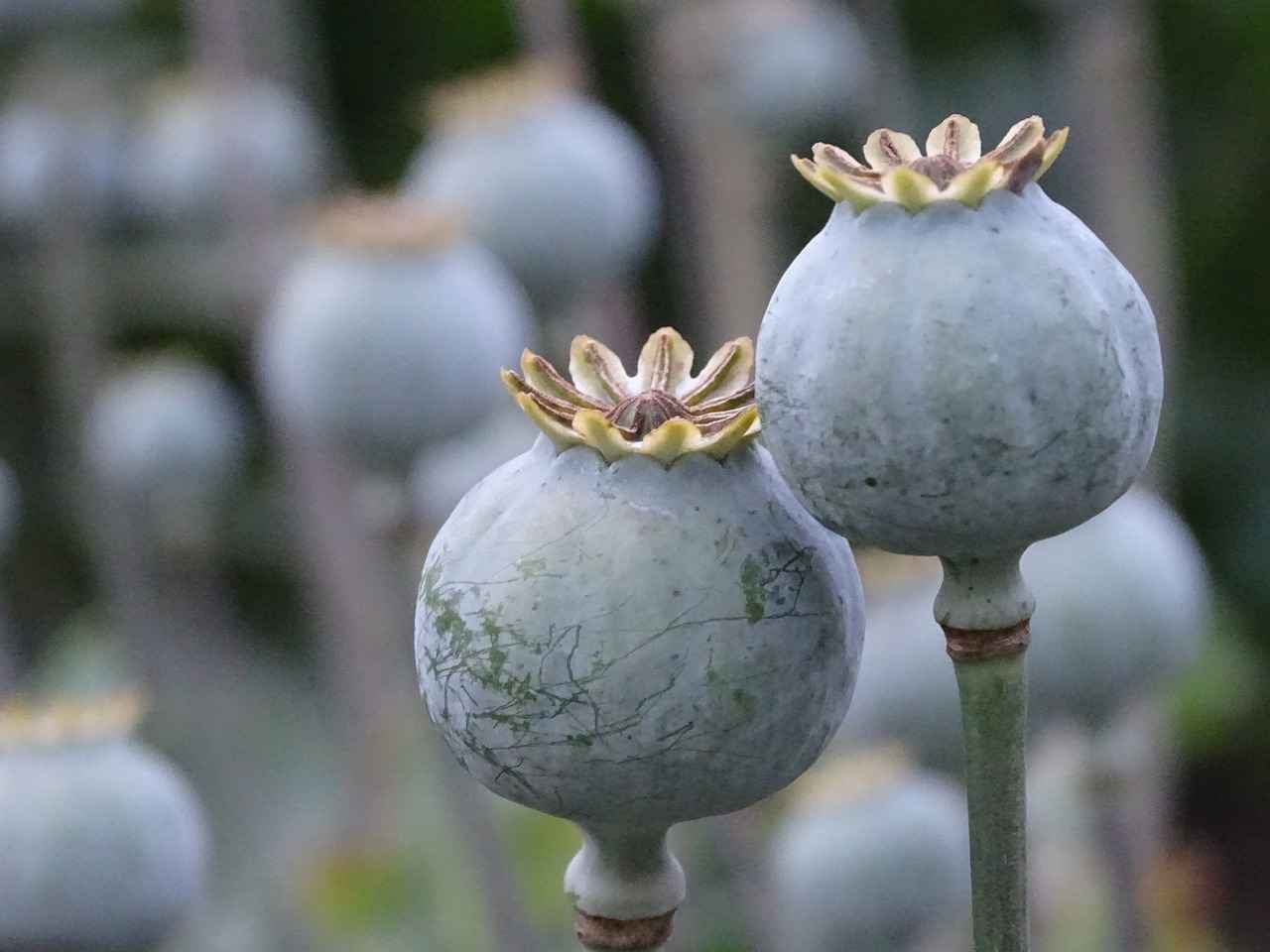
What Are Chia Seeds?
Chia seeds are tiny, nutrient-dense seeds that have captured the attention of health enthusiasts worldwide. Originating from the Salvia hispanica plant, these seeds were once a staple in the diets of ancient civilizations, including the Aztecs and Mayans. Today, they are celebrated not only for their historical significance but also for their impressive health benefits, making them a valuable addition to modern diets.
Chia seeds are remarkably rich in essential nutrients. A single ounce (about 28 grams) contains:
- Fiber: Approximately 11 grams, which promotes digestive health.
- Protein: About 4 grams, making them a great plant-based protein source.
- Omega-3 Fatty Acids: Nearly 5 grams, crucial for heart health.
- Calcium: 18% of the recommended daily intake, supporting bone health.
- Antioxidants: These help combat oxidative stress and inflammation in the body.
Incorporating chia seeds into your diet can lead to numerous health benefits:
- Improved Digestion: The high fiber content aids in maintaining regular bowel movements and promoting gut health.
- Heart Health: Rich in omega-3 fatty acids, chia seeds can help reduce inflammation and lower cholesterol levels, contributing to cardiovascular health.
- Weight Management: Their ability to absorb water and expand in the stomach can promote feelings of fullness, potentially aiding in weight control.
Chia seeds are incredibly versatile and can be easily added to a variety of dishes. Here are some practical ways to enjoy them:
- Smoothies: Blend them into your favorite smoothie for added nutrition.
- Oatmeal: Stir them into your morning oats for a nutrient boost.
- Baking: Add chia seeds to muffins, bread, or pancakes for extra texture and nutrition.
- Salads: Sprinkle them on salads for a crunchy topping.
While chia seeds are generally safe for most people, there are a few considerations to keep in mind:
- Hydration: Chia seeds can absorb up to 12 times their weight in water. It’s important to stay hydrated when consuming them.
- Allergies: Though rare, some individuals may experience allergic reactions. Monitor your body’s response when trying them for the first time.
To maintain the freshness and nutritional value of chia seeds, store them in a cool, dry place. An airtight container in the refrigerator can extend their shelf life for several months.
In summary, chia seeds are a powerhouse of nutrition, offering a wide range of health benefits. Their versatility makes them easy to incorporate into various meals, making healthy eating enjoyable and accessible. Whether you’re looking to improve your digestion, boost your heart health, or simply add a nutritious element to your diet, chia seeds are an excellent choice.
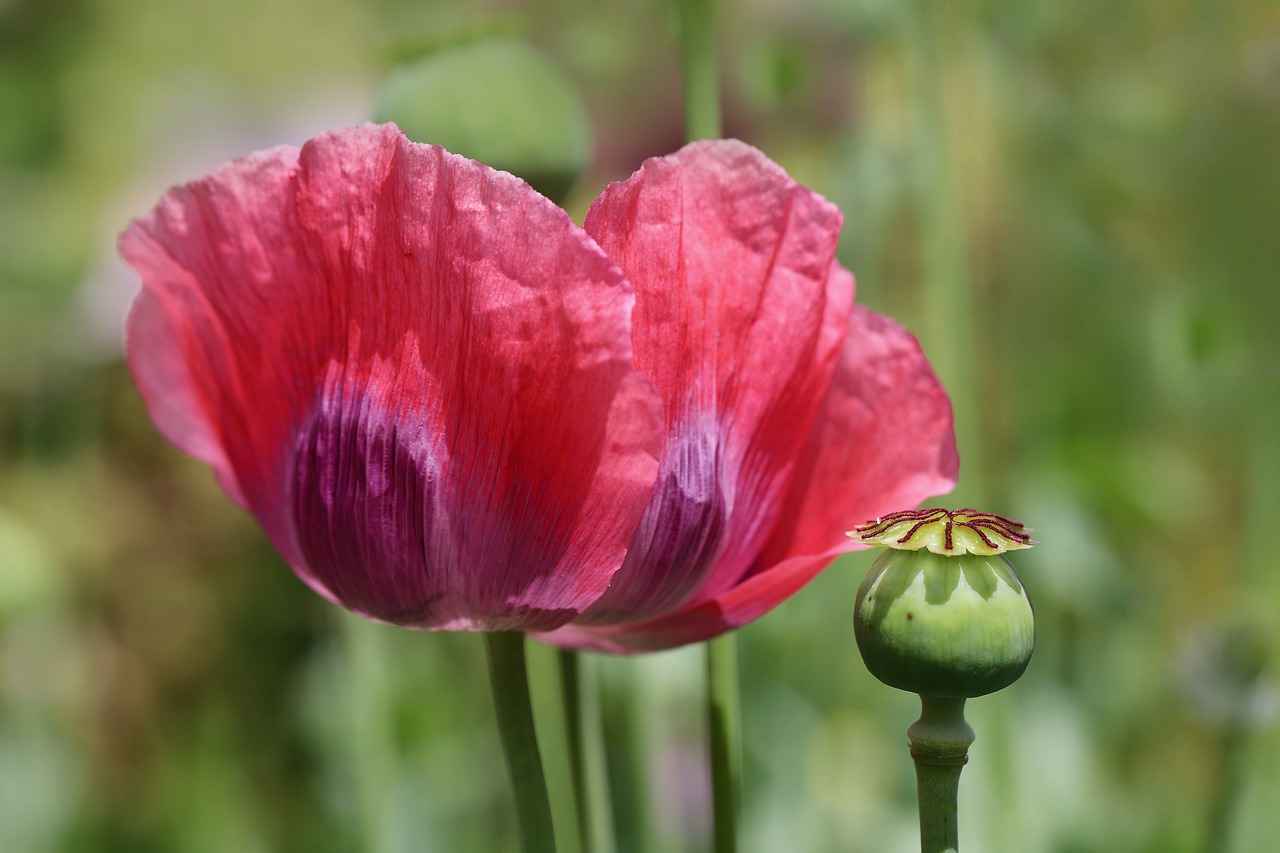
Why Choose Chia Seed Pudding?
Chia seed pudding has become a popular choice for health-conscious individuals looking for a quick and nutritious dessert. This delightful treat not only satisfies your sweet tooth but also offers a range of health benefits, making it an excellent option for anyone seeking to enhance their diet.
Chia seed pudding is a nutrient-dense dessert that is easy to prepare and can be customized to fit various tastes. The pudding is made by soaking chia seeds in a liquid, which allows them to swell and create a gel-like consistency. This unique texture makes it a fun and satisfying treat. Moreover, chia seeds are known for their high content of omega-3 fatty acids, fiber, and protein, making them a powerhouse of nutrition.
For those with hectic schedules, chia seed pudding offers a convenient dessert option. You can prepare it in advance and store it in the refrigerator for several days. This means you can whip up a batch on the weekend and enjoy it throughout the week, saving you time and effort. The simplicity of the preparation process allows you to focus on your daily activities without sacrificing your health.
- High in Fiber: Chia seeds are rich in dietary fiber, which aids in digestion and helps maintain a healthy weight.
- Rich in Antioxidants: These tiny seeds are packed with antioxidants that help combat oxidative stress and inflammation in the body.
- Source of Essential Nutrients: Chia seeds provide essential vitamins and minerals, including calcium, magnesium, and phosphorus.
Creating chia seed pudding is a straightforward process. Here’s a simple recipe:
Ingredients:- 1/4 cup chia seeds- 1 cup almond milk (or any milk of your choice)- 1-2 tablespoons sweetener (like honey or maple syrup)- 1 teaspoon vanilla extract (optional)Instructions:1. In a bowl, combine chia seeds, almond milk, sweetener, and vanilla extract.2. Stir well to ensure the chia seeds are evenly distributed.3. Cover and refrigerate for at least 4 hours or overnight.4. Stir again before serving, and enjoy your nutritious pudding!
The versatility of chia seed pudding allows for endless flavor combinations. Here are a few ideas:
- Chocolate Chia Pudding: Add cocoa powder for a rich chocolate flavor.
- Fruit-Infused Pudding: Blend in fruit purees or add fresh fruits like berries or bananas.
- Nut Butter Delight: Swirl in your favorite nut butter for added creaminess and flavor.
To keep your chia seed pudding fresh, store it in an airtight container in the refrigerator. It can last for up to five days, making it an ideal make-ahead dessert. If you want to enjoy it later, consider freezing it, although be aware that the texture may change slightly upon thawing.
In summary, chia seed pudding is not just a tasty treat; it’s a nutritional powerhouse that fits seamlessly into busy lifestyles. With its ease of preparation and numerous health benefits, it’s no wonder that this dessert has gained popularity among health enthusiasts.

How to Make Basic Chia Seed Pudding?
Making chia seed pudding is not just easy; it’s a delightful way to incorporate healthy ingredients into your diet. This nutritious dessert can be prepared in a matter of minutes, making it a perfect choice for anyone with a busy lifestyle. With a few simple ingredients, you can create a creamy, satisfying treat that can be customized to suit your taste.
The process of creating chia seed pudding is straightforward and requires minimal effort. Here’s a detailed guide to help you whip up this delicious dessert in no time.
- Chia Seeds: These tiny seeds are the star of the pudding, providing texture and nutrition.
- Liquid Base: Use almond milk, coconut milk, or any milk of your choice to mix with the chia seeds.
- Sweetener: Honey, maple syrup, or agave nectar can be added to taste.
- Flavorings: Enhance your pudding with vanilla extract, cocoa powder, or spices like cinnamon.
- Combine Ingredients: In a mixing bowl, add 1/4 cup of chia seeds to 1 cup of your chosen liquid. Stir well to prevent clumping.
- Add Sweetener and Flavorings: Incorporate your preferred sweetener and any flavorings, mixing thoroughly.
- Refrigerate: Cover the bowl and place it in the refrigerator. Allow it to sit for at least 2 hours or overnight for best results.
- Stir and Serve: After the pudding has thickened, give it a good stir. Serve chilled, topped with your favorite fruits, nuts, or granola.
Chia seed pudding is not only easy to make but also offers numerous health benefits. It’s a fantastic source of fiber, protein, and omega-3 fatty acids, making it a wholesome addition to your diet. Additionally, it can be prepared in advance, allowing you to have a healthy dessert ready whenever you need it.
One of the best aspects of chia seed pudding is its versatility. You can experiment with different flavors and toppings to keep your dessert exciting. Consider trying:
- Fruit Purees: Blend your favorite fruits and swirl them into the pudding before refrigerating.
- Nuts and Seeds: Add a crunchy texture by topping your pudding with almonds, walnuts, or sunflower seeds.
- Granola: For a delightful crunch, sprinkle some granola on top just before serving.
To enjoy your chia seed pudding over several days, proper storage is essential. Here are some tips:
- Airtight Containers: Store your pudding in an airtight container to maintain freshness.
- Refrigeration: Keep it in the refrigerator, where it can last for up to five days.
- Freezing Options: Although freezing is possible, it may change the texture. Consider this if you want to prepare large batches.
In summary, making chia seed pudding is a straightforward process that yields a delicious and nutritious dessert. With just a few ingredients and a little time, you can enjoy a healthy treat that can be customized to your liking. Whether you’re preparing it for yourself or hosting friends, chia seed pudding is sure to impress!
Ingredients Needed for Chia Seed Pudding
Chia seed pudding is a delightful and nutritious treat that has become increasingly popular among health enthusiasts. This simple dessert is not only easy to prepare but also packed with numerous health benefits. To create a classic chia seed pudding, the following ingredients are essential:
- Chia Seeds: The star ingredient of this recipe, chia seeds are tiny, nutrient-dense seeds that absorb liquid and swell to create a pudding-like texture. They are rich in omega-3 fatty acids, fiber, and protein.
- Liquid Base: You can choose from various liquid bases to mix with your chia seeds. Popular options include:
- Almond Milk: A dairy-free alternative that adds a subtle nutty flavor.
- Coconut Milk: Provides a rich, creamy texture and a hint of tropical taste.
- Oat Milk: A great option for those looking for a thicker consistency.
- Sweetener: Depending on your preference, you may want to add a sweetener to enhance the flavor. Options include:
- Honey: A natural sweetener that adds a touch of floral flavor.
- Maple Syrup: Offers a unique taste and is a favorite among vegans.
- Agave Nectar: A low-glycemic sweetener that dissolves easily in liquids.
- Flavorings (Optional): You can elevate the taste of your chia seed pudding with various flavorings. Consider adding:
- Vanilla Extract: A classic addition that enhances the overall flavor profile.
- Cocoa Powder: Perfect for chocolate lovers, this adds a rich taste and antioxidants.
- Fruit Purees: Blend fruits like bananas or strawberries to incorporate natural sweetness and flavor.
To prepare your chia seed pudding, follow these straightforward steps:
- In a bowl or jar, combine chia seeds with your chosen liquid base.
- Add your preferred sweetener and any optional flavorings.
- Stir the mixture well to ensure that the chia seeds are evenly distributed and not clumping together.
- Cover the bowl or jar and place it in the refrigerator for at least 2 hours, or preferably overnight, to allow the chia seeds to absorb the liquid and thicken.
This simple process results in a creamy and satisfying dessert that can be enjoyed at any time of the day. The beauty of chia seed pudding lies in its versatility; you can easily customize it to suit your taste preferences and dietary needs.
Absolutely! One of the best things about chia seed pudding is its adaptability. You can experiment with different combinations of liquids, sweeteners, and flavorings to create a unique dessert each time. For instance, try using coconut cream for a richer texture or adding spices like cinnamon or nutmeg for an extra kick. The possibilities are endless!
Step-by-Step Preparation Guide
Chia seed pudding is a delightful and nutritious dessert that has gained popularity for its simplicity and health benefits. In this section, we will provide a detailed to help you create a delicious chia seed pudding that can be enjoyed at any time of the day.
Follow these simple yet effective steps to prepare your chia seed pudding:
- Gather Your Ingredients: Start by collecting the essential ingredients. You will need:
- Chia Seeds: These tiny seeds are the star of the recipe.
- Liquid Base: Choose from almond milk, coconut milk, or any other milk of your preference.
- Sweetener: Options include honey, maple syrup, or agave nectar.
- Flavorings: Vanilla extract, cocoa powder, or fruit purees can enhance the taste.
- Combine Ingredients: In a mixing bowl, add the chia seeds along with your chosen liquid base. The typical ratio is 1/4 cup of chia seeds to 1 cup of liquid. Adjust according to your desired consistency.
- Stir Well: Using a whisk or a spoon, stir the mixture thoroughly to ensure that the chia seeds are evenly distributed and not clumping together. This step is crucial for achieving a smooth texture.
- Add Sweetener and Flavorings: Incorporate your preferred sweetener and any additional flavorings. Mix well to combine all ingredients.
- Refrigerate: Transfer the mixture into an airtight container or jar. Place it in the refrigerator for at least 4 hours, or overnight for best results. This allows the chia seeds to absorb the liquid and expand, creating a pudding-like consistency.
- Let It Thicken: After refrigeration, your chia seed pudding should be thick and creamy. If it appears too thick, you can stir in a little more liquid to reach your desired consistency.
- Serve and Enjoy: Once thickened, your pudding is ready to be served. You can enjoy it plain or top it with fresh fruits, nuts, or granola for added texture and flavor.
By following these straightforward steps, you can create a creamy and satisfying dessert that is not only delicious but also packed with nutrients. Chia seed pudding is perfect for meal prep, as it can be made in advance and enjoyed throughout the week.
Experiment with different variations and toppings to keep your chia seed pudding exciting. This versatile dish can easily become a staple in your healthy dessert repertoire!
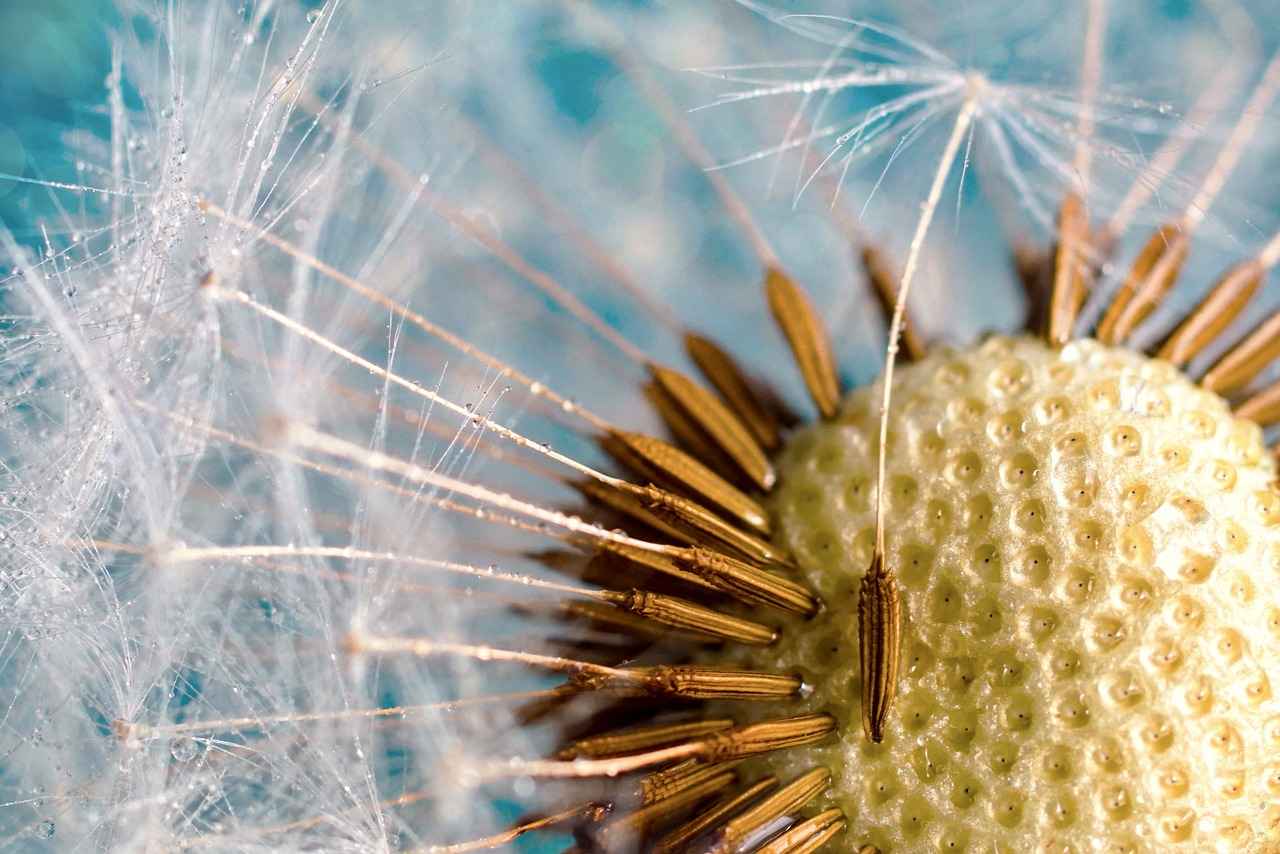
What Variations Can You Try?
Chia seed pudding is a delightful and nutritious dessert that not only satisfies your sweet tooth but also offers a blank canvas for creativity. When it comes to customizing your chia seed pudding, the possibilities are virtually endless. This section will delve into various ways you can enhance and personalize your pudding, ensuring that each batch is a unique treat.
Chia seed pudding is highly versatile. You can customize it with various flavors, toppings, and mix-ins, allowing you to create a new dessert each time you make it. Here are some exciting variations to consider:
- Flavor Infusions: Start by experimenting with different liquids. Instead of the usual almond or coconut milk, try using oat milk, soy milk, or even fruit juices for a refreshing twist. Adding extracts like almond or coconut can also elevate the flavor.
- Sweetener Options: While honey and maple syrup are popular choices, consider using agave nectar, stevia, or coconut sugar to cater to your taste preferences and dietary needs.
- Fruit Additions: Incorporate fresh or frozen fruits directly into the pudding. Berries, bananas, and mangoes not only add natural sweetness but also boost the nutritional profile of your dessert.
- Nut Butters: For a creamy texture and added protein, mix in a spoonful of peanut butter, almond butter, or sunflower seed butter. This addition makes your pudding more filling and satisfying.
- Cocoa and Chocolate: If you’re a chocolate lover, try adding cocoa powder or melted dark chocolate to your pudding. This variation creates a rich and indulgent dessert that feels like a treat.
- Spices and Herbs: Enhance the flavor with spices such as cinnamon, nutmeg, or even a hint of ginger. Fresh herbs like mint or basil can also provide a refreshing twist.
The toppings you choose can take your chia seed pudding to the next level. Here are some ideas:
- Fresh Fruits: Top your pudding with a variety of fruits such as sliced kiwis, strawberries, or pomegranate seeds for a burst of color and flavor.
- Nuts and Seeds: Add a crunchy texture by sprinkling on chopped nuts like almonds or walnuts, or seeds such as pumpkin or sunflower seeds.
- Granola: For an added crunch, layer some granola on top. This not only adds texture but also makes your pudding more satisfying.
- Yogurt: A dollop of Greek yogurt can add creaminess and protein, making it a more substantial dessert.
With these variations and toppings, you can transform your chia seed pudding into a delightful and personalized dessert experience every time. Whether you prefer fruity, nutty, or chocolaty flavors, the options are limitless, allowing you to indulge your cravings while enjoying a healthy treat.
Flavoring Your Chia Seed Pudding
When it comes to making chia seed pudding, the base recipe is just the beginning. One of the most exciting aspects of this delightful dessert is the ability to experiment with various flavorings that can elevate its taste and make it uniquely yours. Whether you prefer something sweet, fruity, or even a bit decadent, there are countless options to explore. Here are some ideas to inspire your next chia seed pudding creation.
Flavoring your chia seed pudding not only enhances its taste but also adds a personal touch. By incorporating different ingredients, you can cater to your mood or the season, ensuring that your dessert remains exciting and satisfying. Here are some popular flavoring options:
- Vanilla Extract: A classic choice, vanilla extract adds a warm and comforting flavor. Just a teaspoon can transform your pudding into a creamy delight.
- Cocoa Powder: For chocolate lovers, unsweetened cocoa powder is a fantastic addition. It provides a rich, chocolatey flavor without the added sugar, making it a healthier alternative.
- Fruit Purees: Consider adding fruit purees like mango, strawberry, or banana. These natural sweeteners not only enhance flavor but also add a vibrant color to your pudding.
- Spices: Experiment with spices such as cinnamon, nutmeg, or ginger. These can add warmth and depth, making your pudding feel extra special.
- Coconut Milk: For a tropical twist, substitute your liquid base with coconut milk. This will impart a creamy richness and a hint of coconut flavor.
To successfully incorporate flavorings into your chia seed pudding, follow these tips:
- Start Small: Begin with small amounts of flavorings, especially with potent ingredients like extracts or spices. You can always add more to suit your taste.
- Mix Thoroughly: Ensure that the flavoring is well mixed with the chia seeds and liquid. This helps distribute the flavor evenly throughout the pudding.
- Let It Sit: Allow your pudding to sit for a few hours or overnight. This not only thickens the pudding but also allows the flavors to meld beautifully.
Feeling adventurous? Here are some creative combinations that might just become your new favorites:
- Chocolate Banana: Combine cocoa powder with banana puree for a deliciously indulgent treat.
- Mango Coconut: Use coconut milk and add fresh mango puree for a tropical escape.
- Spiced Apple: Mix in apple puree and a sprinkle of cinnamon for a comforting, autumn-inspired pudding.
By embracing these flavoring ideas, you can take your chia seed pudding from basic to extraordinary. Remember, the key is to have fun and be creative in the kitchen. The possibilities are endless, and each variation will provide a unique taste experience. So, gather your ingredients, unleash your creativity, and enjoy the delicious journey of flavor exploration!
Delicious Toppings to Enhance Your Pudding
When it comes to making your chia seed pudding a truly delightful experience, the right toppings can elevate it to new heights. Not only do toppings enhance the visual appeal of your dessert, but they also contribute significantly to its taste and nutritional profile. Here, we explore a variety of toppings that can transform your pudding into a gourmet treat.
- Fresh Fruits: Adding fresh fruits such as berries, bananas, or mango slices can introduce a burst of flavor and natural sweetness. Fruits are packed with vitamins, minerals, and antioxidants, making them an excellent choice for topping your pudding.
- Nuts: Chopped nuts like almonds, walnuts, or pecans provide a satisfying crunch and are a great source of healthy fats and protein. They can help balance the pudding’s creamy texture and add a delightful contrast.
- Seeds: Consider sprinkling some sunflower seeds or pumpkin seeds on top for added nutrition. These seeds are rich in essential fatty acids, fiber, and minerals, enhancing the overall health benefits of your dessert.
- Granola: A sprinkle of granola can add a delightful crunch and sweetness to your pudding. Look for granola that is low in sugar and high in whole grains for a healthy option.
- Coconut Flakes: Unsweetened coconut flakes can offer a tropical flair to your pudding. They are rich in fiber and can enhance the flavor profile, especially if you’re using coconut milk as your base.
- Nut Butters: Swirling in a spoonful of almond or peanut butter can create a creamy texture and add protein. Nut butters are also rich in healthy fats, making your pudding more filling.
- Dark Chocolate: For those who crave a touch of indulgence, adding dark chocolate shavings or chips can satisfy your sweet tooth while providing antioxidants.
Experimenting with these toppings allows you to customize your chia seed pudding to suit your taste preferences and nutritional needs. You can create a different combination each day, keeping your dessert exciting and satisfying.
Moreover, combining various toppings can lead to a more balanced meal. For instance, pairing fruits with nuts and seeds not only enhances the taste but also ensures you are getting a mix of carbohydrates, proteins, and healthy fats. This balance can help keep you full and energized throughout the day.
In summary, the toppings you choose for your chia seed pudding can significantly impact both its flavor and health benefits. By incorporating fresh fruits, nuts, seeds, and other wholesome ingredients, you can enjoy a delicious and nutritious dessert that caters to your dietary needs and satisfies your cravings.
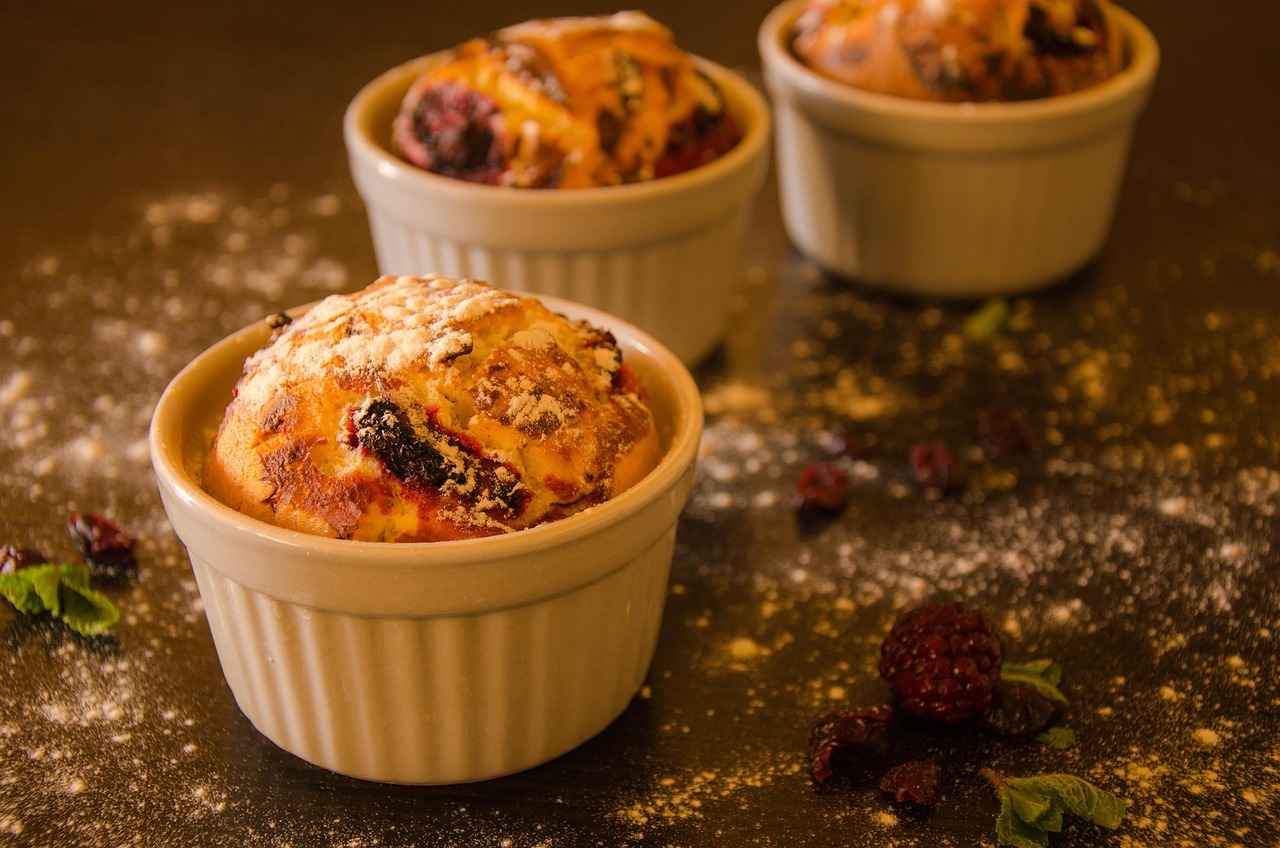
How to Store Chia Seed Pudding?
When it comes to enjoying your delicious chia seed pudding, proper storage is crucial to maintain its freshness and flavor. Understanding how to effectively store this nutritious dessert will not only enhance your experience but also allow you to savor it over several days. Here are some essential tips and best practices for storing your chia seed pudding.
Chia seed pudding is a delightful treat that can be made in advance, making it a convenient option for busy individuals. However, if not stored correctly, it can lose its texture and flavor. By following the right storage methods, you can ensure that your pudding remains fresh and enjoyable.
- Use Airtight Containers: Always store your chia seed pudding in airtight containers. This prevents air from entering and keeps the pudding from absorbing any unwanted odors from the fridge.
- Label and Date: If you’re making multiple batches, consider labeling each container with the date it was made. This will help you keep track of freshness.
- Keep It Cool: Store your pudding in the coldest part of the refrigerator, usually towards the back, to maintain a consistent temperature.
When stored properly, chia seed pudding can last up to five days in the refrigerator. However, it’s best enjoyed within the first three days for optimal flavor and texture. After that, the pudding may begin to separate or lose its creamy consistency.
While freezing chia seed pudding is an option, it is important to note that the texture may change once thawed. If you choose to freeze it, follow these guidelines:
- Freeze in Portions: Consider freezing individual portions in small containers or ice cube trays for easy defrosting.
- Thaw Gradually: To maintain the best texture, thaw your chia seed pudding in the refrigerator overnight rather than at room temperature.
Even with proper storage, it’s essential to check your chia seed pudding before consuming it. Here are some signs that it may have spoiled:
- Off Smell: If the pudding has a sour or unusual odor, it’s best to discard it.
- Separation: While some separation is normal, excessive liquid on top can indicate that it’s time to toss it.
- Change in Texture: A slimy or overly thick consistency can also be a sign of spoilage.
To make your chia seed pudding even more enjoyable, consider these additional tips:
- Mix Before Serving: Give your pudding a good stir before serving to redistribute the ingredients and improve the texture.
- Add Toppings Just Before Eating: To maintain the crunchiness of toppings like nuts or granola, add them just before you enjoy your pudding.
By following these guidelines, you can ensure that your chia seed pudding remains fresh and delicious throughout the week. Enjoy your healthy dessert knowing that it has been stored correctly!
Refrigeration Tips for Longevity
When it comes to enjoying your delicious chia seed pudding, proper storage is key to maintaining its flavor and texture. Following the right refrigeration tips can help ensure that your pudding remains fresh and enjoyable for several days. Here are some essential guidelines to help you store your chia seed pudding effectively.
To keep your chia seed pudding at its best, store it in an airtight container. This method is crucial as it prevents air from entering, which can lead to spoilage and loss of flavor. A glass jar with a tight lid or a plastic container with a secure seal works perfectly. Make sure to fill the container to the top to minimize air space, which can help maintain the pudding’s creamy consistency.
Refrigeration is essential for preserving the freshness of your chia seed pudding. The cold environment of the refrigerator slows down the growth of bacteria and mold, keeping your dessert safe to eat. By storing your pudding in the fridge, you can enjoy it for up to five days without compromising its taste or texture.
While refrigeration is the best option for short-term storage, you may wonder if freezing chia seed pudding is a viable alternative. Freezing is possible, but it can alter the texture of the pudding once thawed. The seeds may become more gelatinous, leading to a less appealing consistency. If you choose to freeze your pudding, consider portioning it into smaller servings to make thawing easier. Always label the container with the date to keep track of how long it has been stored.
Even with proper storage, it’s important to check your chia seed pudding before consuming it. Here are some signs that it may have spoiled:
- Unpleasant odor: If your pudding has a sour or off smell, it’s best to discard it.
- Change in texture: A watery separation or a slimy texture can indicate spoilage.
- Mold growth: Any visible mold on the surface is a clear sign that the pudding should not be eaten.
To make the most of your chia seed pudding experience, consider the following tips:
- Portion Control: Divide your pudding into individual servings to make it easy to grab and go.
- Mix Before Serving: Give your pudding a good stir before enjoying, as ingredients may settle over time.
- Experiment with Toppings: Add fresh fruits, nuts, or seeds just before serving to enhance flavor and texture.
By following these refrigeration tips, you can ensure that your chia seed pudding remains a delightful and nutritious treat throughout the week. Enjoy the creamy goodness and the health benefits of this versatile dessert!
Freezing Chia Seed Pudding: Is It Possible?
Chia seed pudding has become a popular choice for those seeking a quick, nutritious dessert. However, many wonder about the practicality of freezing this delightful treat. Freezing chia seed pudding is indeed possible, but it comes with its own set of pros and cons that should be considered before you decide to stash it away for later enjoyment.
When you freeze chia seed pudding, the water content in the pudding expands, which can lead to a change in texture once thawed. The result might be a pudding that is less creamy and more grainy than its freshly made counterpart. This texture alteration is primarily due to the gel-like consistency that chia seeds develop when mixed with liquid. While some may not mind the change, others may find it less appealing.
- Convenience: Freezing allows you to prepare large batches in advance, saving time during busy weeks.
- Longer Shelf Life: Frozen chia seed pudding can last for up to three months, making it a great option for meal prep.
- Portion Control: You can freeze individual servings, making it easy to grab a quick dessert whenever you desire.
- Texture Changes: As mentioned earlier, the texture may become less appealing after thawing.
- Potential Flavor Alteration: Some flavors might not hold up well after freezing, affecting the overall taste.
- Thawing Process: Thawing requires planning, as it is best to let it defrost in the refrigerator overnight.
If you decide to freeze your chia seed pudding, follow these steps for the best results:
- Prepare the Pudding: Make your chia seed pudding as you normally would, allowing it to thicken in the refrigerator first.
- Portion It Out: Divide the pudding into individual servings using freezer-safe containers or silicone molds.
- Label and Date: Clearly label each container with the date and contents to keep track of freshness.
- Freeze: Place the containers in the freezer, ensuring they are laid flat to save space.
To enjoy your frozen chia seed pudding, follow these thawing tips:
- Refrigerator Thawing: The best method is to transfer the pudding to the refrigerator a day before you plan to eat it.
- Quick Thawing: If you’re short on time, you can place the container under running cold water, but be cautious not to let it sit too long.
- Stir Well: After thawing, give the pudding a good stir to help restore some of its original creaminess.
In conclusion, while freezing chia seed pudding is a viable option for those looking to save time and enjoy this nutritious dessert later, be mindful of the potential changes in texture and flavor. Experimenting with freezing may yield different results based on your preferred recipe and ingredients, so consider trying it out to see if it suits your taste.
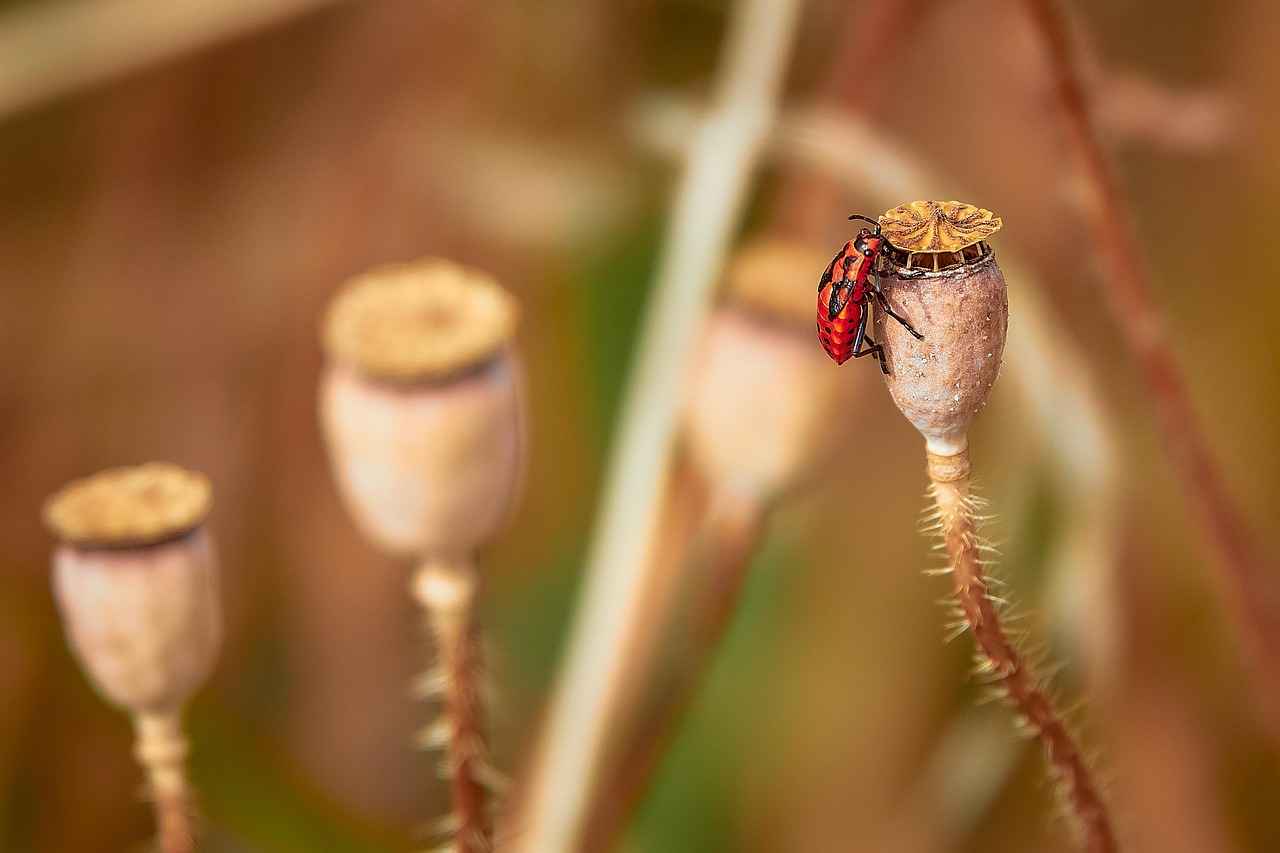
What Are the Health Benefits of Chia Seeds?
Chia seeds, often hailed as a superfood, have gained immense popularity due to their remarkable health benefits. Packed with nutrients, these tiny seeds are a powerhouse of essential fatty acids, fiber, protein, and various vitamins and minerals. Understanding the myriad advantages of incorporating chia seeds into your diet can inspire you to make them a staple in your meals.
Chia seeds offer a wide range of health benefits that can contribute to overall well-being. Here are some of the most notable advantages:
- Improved Digestion: Chia seeds are an excellent source of dietary fiber, which plays a crucial role in digestive health. The high fiber content helps to promote regular bowel movements, preventing constipation and supporting a healthy gut. When soaked in liquid, chia seeds expand and form a gel-like substance, which can aid in digestion by adding bulk to the stool.
- Heart Health: Rich in omega-3 fatty acids, chia seeds can significantly benefit heart health. Omega-3s are known for their anti-inflammatory properties and can help lower cholesterol levels, reducing the risk of heart disease. Regular consumption of chia seeds may also help regulate blood pressure and improve overall cardiovascular health.
- Weight Management: If you’re looking to manage your weight, chia seeds can be a valuable addition to your diet. The combination of fiber and protein in chia seeds promotes a feeling of fullness, which can help reduce overall calorie intake. Additionally, their ability to absorb water and expand in the stomach can further enhance satiety.
- Bone Health: Chia seeds are a rich source of essential minerals such as calcium, phosphorus, and magnesium, all of which are vital for maintaining strong bones. Including chia seeds in your diet can contribute to bone density and overall skeletal health.
- Antioxidant Properties: Chia seeds are loaded with antioxidants that help combat oxidative stress and inflammation in the body. These antioxidants can protect cells from damage caused by free radicals, potentially lowering the risk of chronic diseases.
Incorporating chia seeds into your daily meals is easy and versatile. Here are some practical tips:
- Add chia seeds to smoothies for an extra nutrient boost.
- Mix them into yogurt or oatmeal for added texture and health benefits.
- Use chia seeds in baking recipes, such as muffins or bread, as a healthy substitute for eggs.
- Create delicious chia seed puddings by soaking them in your choice of milk or plant-based alternatives.
While chia seeds are generally safe for most individuals, there are a few dietary considerations to keep in mind:
- Allergies: Although rare, some people may have an allergy to chia seeds. It’s advisable to start with a small amount and monitor any adverse reactions.
- Hydration: Due to their high fiber content, it’s essential to drink plenty of water when consuming chia seeds to avoid digestive discomfort.
- Caloric Content: While chia seeds are nutritious, they are also calorie-dense. Moderation is key, especially if you are watching your caloric intake.
In conclusion, the health benefits of chia seeds are vast and varied, making them an excellent addition to any diet. From enhancing digestive health to promoting heart wellness and aiding in weight management, these tiny seeds pack a powerful punch. By incorporating chia seeds into your meals, you can take a significant step towards improving your overall health and well-being.
Digestive Health Benefits
Digestive health is a crucial aspect of overall wellness, and incorporating chia seeds into your diet can significantly enhance this vital function. Chia seeds are small but mighty, boasting an impressive nutritional profile that supports digestive health in various ways.
Chia seeds are rich in dietary fiber, containing approximately 10 grams of fiber per ounce. This high fiber content plays a pivotal role in promoting digestive health. Fiber is essential for maintaining regular bowel movements, as it adds bulk to the stool, making it easier to pass through the intestines. This can help prevent constipation and encourage a healthy digestive tract.
When chia seeds come into contact with liquid, they absorb up to 12 times their weight, forming a gel-like substance. This gel not only helps to hydrate the digestive system but also slows down the absorption of food, leading to a gradual release of nutrients. This process can aid in regulating blood sugar levels and preventing spikes, which is beneficial for overall digestive health.
- Prebiotic Properties: Chia seeds act as a prebiotic, providing nourishment for the beneficial bacteria in your gut. A healthy gut microbiome is essential for effective digestion and overall health.
- Weight Management: The fiber in chia seeds can promote feelings of fullness, which may help in controlling appetite and reducing overeating. Maintaining a healthy weight can also contribute to better digestive health.
- Hydration: The gel-forming ability of chia seeds can aid in hydration, which is crucial for smooth digestive processes.
Adding chia seeds to your meals is simple and versatile. They can be sprinkled on salads, blended into smoothies, or used as a thickening agent in soups and sauces. One popular method is to make chia seed pudding, where the seeds are soaked in milk or a dairy-free alternative, allowing them to swell and create a delicious, creamy dessert.
While chia seeds offer numerous digestive health benefits, it is essential to consume them in moderation. For some individuals, especially those who are not accustomed to a high-fiber diet, a sudden increase in fiber intake can lead to digestive discomfort. It is advisable to start with a small amount and gradually increase your intake while ensuring adequate hydration.
Incorporating chia seeds into your diet can significantly enhance your digestive health due to their high fiber content and unique properties. By promoting regular bowel movements and supporting a healthy gut microbiome, chia seeds are a valuable addition to any health-conscious diet. Whether you enjoy them in a pudding, smoothie, or as a topping, these tiny seeds can make a big difference in your overall wellness.
Heart Health and Omega-3 Fatty Acids
When it comes to maintaining a healthy heart, incorporating omega-3 fatty acids into your diet is crucial. One of the most accessible sources of these beneficial fats is chia seeds. These tiny seeds are not only versatile but also packed with essential nutrients that can significantly contribute to your heart health.
Omega-3 fatty acids are a type of polyunsaturated fat that plays a vital role in human health. They are known for their anti-inflammatory properties and are essential for brain function, as well as heart health. The three main types of omega-3 fatty acids include:
- ALA (Alpha-Linolenic Acid): Found in plant sources like chia seeds, flaxseeds, and walnuts.
- EPA (Eicosapentaenoic Acid): Primarily found in fish and fish oil.
- DHA (Docosahexaenoic Acid): Also found in fish, important for brain health.
The consumption of omega-3 fatty acids has been linked to a variety of heart health benefits:
- Reducing Inflammation: Chronic inflammation is a significant risk factor for heart disease. Omega-3 fatty acids can help mitigate this inflammation, reducing the risk of heart-related issues.
- Lowering Cholesterol Levels: Regular intake of omega-3s can help lower levels of triglycerides and bad cholesterol (LDL), while promoting good cholesterol (HDL) levels.
- Improving Blood Vessel Function: Omega-3s can enhance the function of blood vessels, leading to better circulation and lower blood pressure.
- Reducing Blood Clotting: Omega-3 fatty acids can decrease the likelihood of blood clots, which are often responsible for heart attacks and strokes.
Chia seeds contain an impressive amount of ALA, making them one of the best plant-based sources of omega-3 fatty acids. Just two tablespoons of chia seeds provide approximately 5,000 milligrams of ALA. This is particularly beneficial for individuals following a vegetarian or vegan diet, as they may struggle to obtain sufficient omega-3s from their food.
Adding chia seeds to your meals is easy and versatile. Here are a few suggestions:
- Smoothies: Blend chia seeds into your favorite smoothie for an added nutritional boost.
- Salads: Sprinkle chia seeds over salads for a crunchy texture.
- Baking: Incorporate chia seeds into baked goods like muffins or bread.
- Puddings: As mentioned earlier, chia seed pudding is a delicious and healthy dessert option.
While omega-3 fatty acids are generally safe and beneficial, it is essential to consume them in moderation. Excessive intake, particularly from supplements, can lead to adverse effects such as increased bleeding risk and gastrointestinal issues. It’s always best to consult with a healthcare professional before making significant changes to your diet.
In conclusion, incorporating chia seeds into your diet is an excellent way to boost your omega-3 fatty acid intake, which can lead to improved heart health. With their ease of use and numerous health benefits, chia seeds are a simple yet effective addition to a balanced diet.
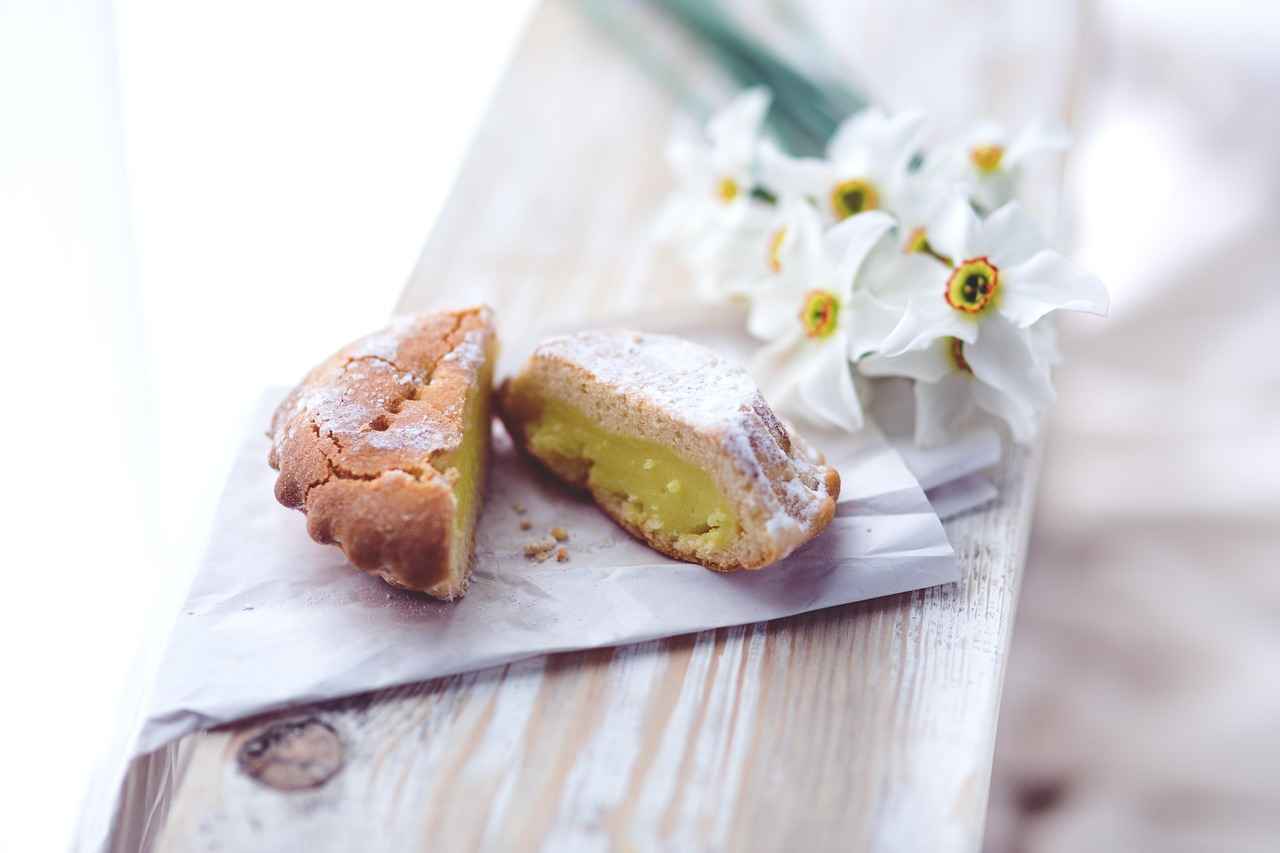
Are There Any Dietary Considerations?
Chia seeds have surged in popularity due to their numerous health benefits and versatility in various recipes. However, it’s essential to consider dietary restrictions and allergies before incorporating them into your diet. This section will explore the dietary considerations surrounding chia seeds, ensuring you make informed choices.
Chia seeds are small, nutrient-packed seeds that are rich in omega-3 fatty acids, fiber, and protein. These seeds can absorb liquid and expand, making them a popular choice for creating puddings and smoothies. While they are generally safe for consumption, a few dietary considerations should be taken into account.
Although rare, some individuals may experience an allergic reaction to chia seeds. Symptoms can include skin rashes, gastrointestinal discomfort, and even anaphylaxis in extreme cases. If you have a history of allergies to other seeds or nuts, it is advisable to consult with a healthcare professional before trying chia seeds. Always start with a small amount to monitor your body’s response.
For those with gluten intolerance or celiac disease, chia seeds are a fantastic option. They are naturally gluten-free, making them an excellent addition to gluten-free diets. You can enjoy chia seed pudding or smoothies without worrying about gluten contamination.
Chia seeds are not only gluten-free but also vegan-friendly. They serve as a great source of plant-based protein, making them suitable for individuals following a vegan or vegetarian lifestyle. Incorporating chia seeds into your diet can help meet your nutritional needs without compromising your dietary preferences.
While chia seeds are high in fiber, which promotes digestive health, consuming them in large quantities without adequate hydration may lead to digestive discomfort. It’s crucial to drink plenty of water when consuming chia seeds to prevent issues like bloating or constipation. Gradually increasing your intake can help your digestive system adjust.
Chia seeds can affect blood sugar levels and may interact with medications, particularly those for diabetes or blood pressure. If you are taking any medications, it’s essential to discuss with your doctor before adding chia seeds to your diet. Monitoring your blood sugar levels can also help you understand how chia seeds affect you personally.
While chia seeds are healthy, moderation is key. A typical serving size is about 1-2 tablespoons per day. Consuming excessive amounts can lead to digestive issues and may not provide additional benefits. It’s best to incorporate chia seeds as part of a balanced diet.
In summary, while chia seeds are a nutritious addition to most diets, it’s essential to consider individual dietary restrictions and allergies. By being mindful of these factors, you can enjoy the health benefits of chia seeds safely and effectively.
Chia Seeds and Allergies
Chia seeds have become a popular superfood due to their numerous health benefits and versatility in recipes. However, it’s essential to be aware that, although rare, some individuals may experience allergies to chia seeds. Understanding these potential reactions is crucial for anyone considering incorporating chia seeds into their diet.
Allergic reactions to chia seeds can manifest in various ways. Common symptoms may include:
- Skin Reactions: Hives, rashes, or itching can occur shortly after consumption.
- Gastrointestinal Issues: Symptoms such as nausea, vomiting, or diarrhea may arise.
- Respiratory Problems: Some individuals may experience difficulty breathing, wheezing, or nasal congestion.
- Anaphylaxis: In severe cases, a life-threatening reaction may occur, requiring immediate medical attention.
While chia seed allergies are uncommon, certain individuals may be more susceptible. Those with a history of food allergies or sensitivities, particularly to other seeds or nuts, should exercise caution. Additionally, individuals with a predisposition to allergic reactions may want to consult a healthcare provider before trying chia seeds.
If you’re new to chia seeds and concerned about potential allergies, consider the following tips:
- Start Small: Begin with a small amount, such as a teaspoon, to observe how your body reacts.
- Monitor Symptoms: Keep a journal of any symptoms you may experience after consumption.
- Consult a Professional: If you have a history of allergies, it’s wise to discuss with a healthcare provider before adding chia seeds to your diet.
If you suspect you are experiencing an allergic reaction to chia seeds, it is vital to take appropriate action:
- Stop Consumption: Immediately discontinue eating chia seeds.
- Seek Medical Help: If symptoms are severe, such as difficulty breathing or swelling, seek emergency medical assistance.
- Follow Up: Consult with an allergist to determine the cause of your reaction and discuss potential alternatives.
Despite the potential for allergic reactions, chia seeds are generally considered safe for most people. They are gluten-free, vegan, and packed with nutrients, making them a healthy addition to many diets. However, it’s crucial to listen to your body and make informed choices based on your individual health needs.
In conclusion, while chia seeds offer numerous health benefits, it’s essential to be mindful of potential allergies. By taking precautions and being aware of your body’s responses, you can enjoy the nutritional advantages of chia seeds safely.
Gluten-Free and Vegan-Friendly Option
Chia seed pudding has become a popular choice among health enthusiasts, particularly for those following special diets. One of the standout features of this delightful dessert is that it is naturally gluten-free and vegan. This makes it an excellent option for individuals with dietary restrictions or preferences, ensuring that everyone can indulge without worry.
For many people, consuming gluten can lead to various health issues, ranging from digestive discomfort to more severe autoimmune responses. Gluten-free diets are essential for individuals with celiac disease or gluten intolerance. By choosing chia seed pudding, you can enjoy a delicious dessert that aligns with your dietary needs.
As a vegan-friendly option, chia seed pudding is made without any animal products. This makes it suitable for those who follow a plant-based lifestyle. Chia seeds are an excellent source of plant-based protein and essential fatty acids, making them a nutritious addition to any vegan diet. Furthermore, chia seed pudding can be customized with various plant-based milk alternatives, such as almond, coconut, or oat milk, allowing for endless flavor combinations.
Making chia seed pudding is simple and requires minimal effort. Here’s a basic recipe:
- 1/4 cup chia seeds
- 1 cup of your choice of plant-based milk
- 1-2 tablespoons of sweetener (like maple syrup or agave)
- Optional flavorings (vanilla extract, cocoa powder, or fruit purees)
Combine all the ingredients in a bowl or jar, stir well, and let it sit for at least 2 hours or overnight in the refrigerator. The chia seeds will absorb the liquid and create a thick, pudding-like consistency.
In addition to being gluten-free and vegan, chia seeds are packed with nutrients. They are rich in omega-3 fatty acids, which are known to support heart health. The high fiber content in chia seeds promotes digestive health, helping to maintain regular bowel movements. Moreover, they are a great source of antioxidants, which can help combat oxidative stress in the body.
The versatility of chia seed pudding allows for endless customization. You can add various toppings and mix-ins to enhance both the flavor and nutritional profile. Consider adding:
- Fresh fruits (berries, bananas, or mango)
- Nuts and seeds (almonds, walnuts, or pumpkin seeds)
- Granola or coconut flakes for added texture
These additions not only enhance the taste but also provide additional nutrients, making your dessert even more satisfying.
To enjoy your chia seed pudding throughout the week, proper storage is key. Keep it in an airtight container in the refrigerator. This method preserves its freshness and allows you to enjoy it for up to five days. If you want to prepare it in advance, consider making a larger batch to save time.
Whether you are gluten-sensitive, vegan, or simply looking for a healthy dessert option, chia seed pudding is a fantastic choice. Its nutritional benefits, ease of preparation, and versatility make it a must-try for anyone seeking a delicious and health-conscious treat.
Frequently Asked Questions
- How long does chia seed pudding need to set?
Chia seed pudding typically needs to set for at least 2 hours in the refrigerator, but for the best texture, it’s recommended to leave it overnight. This allows the chia seeds to fully absorb the liquid and thicken up nicely.
- Can I use any type of milk for chia seed pudding?
Absolutely! You can use any type of milk you prefer, whether it’s almond, coconut, soy, or even dairy milk. Each type will give your pudding a unique flavor, so feel free to experiment!
- Is chia seed pudding suitable for kids?
Yes, chia seed pudding can be a fun and nutritious treat for kids! Just be sure to adjust the sweetness and toppings to their taste. Plus, they’ll love the fun texture!
- How can I make my chia seed pudding sweeter?
If you want to sweeten your chia seed pudding, try adding honey, maple syrup, or agave nectar. You can also blend in some ripe bananas or fruit purees for a natural sweetness!
- Can I prepare chia seed pudding in advance?
Definitely! Chia seed pudding is perfect for meal prep. You can make several jars at once and store them in the fridge for a quick, healthy dessert throughout the week.
